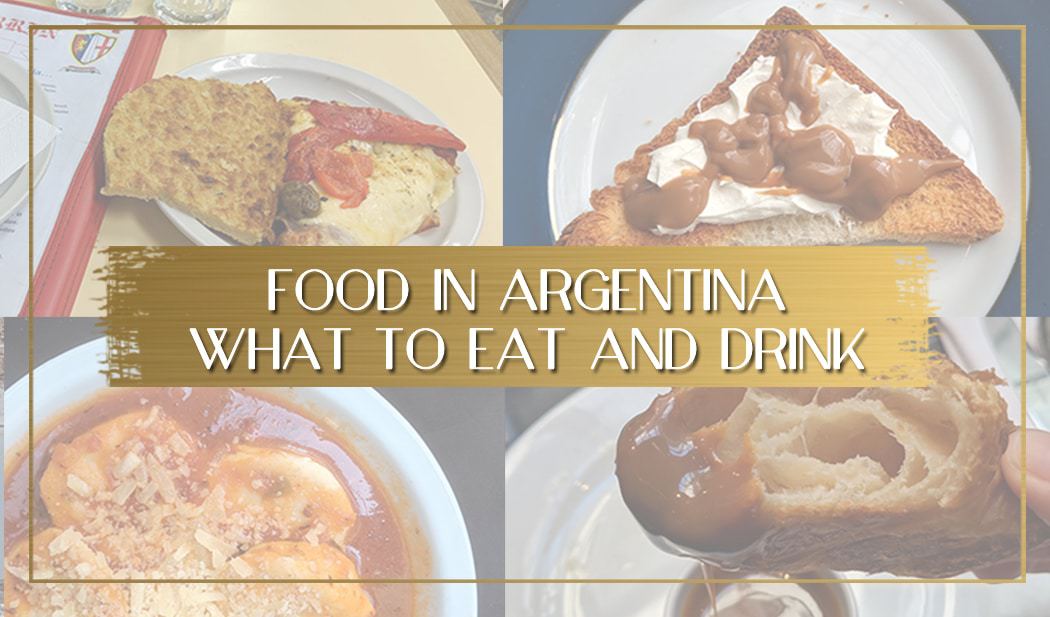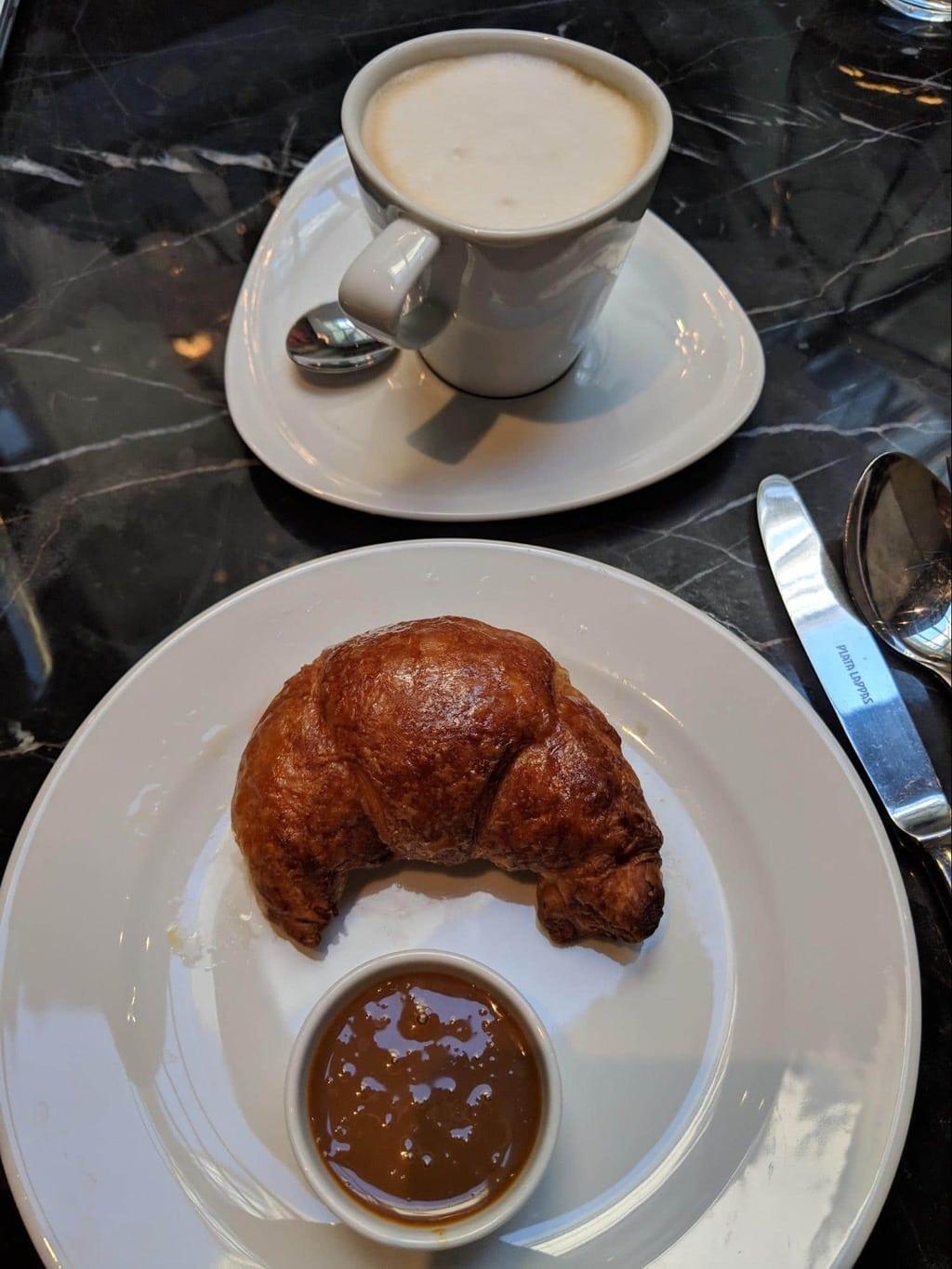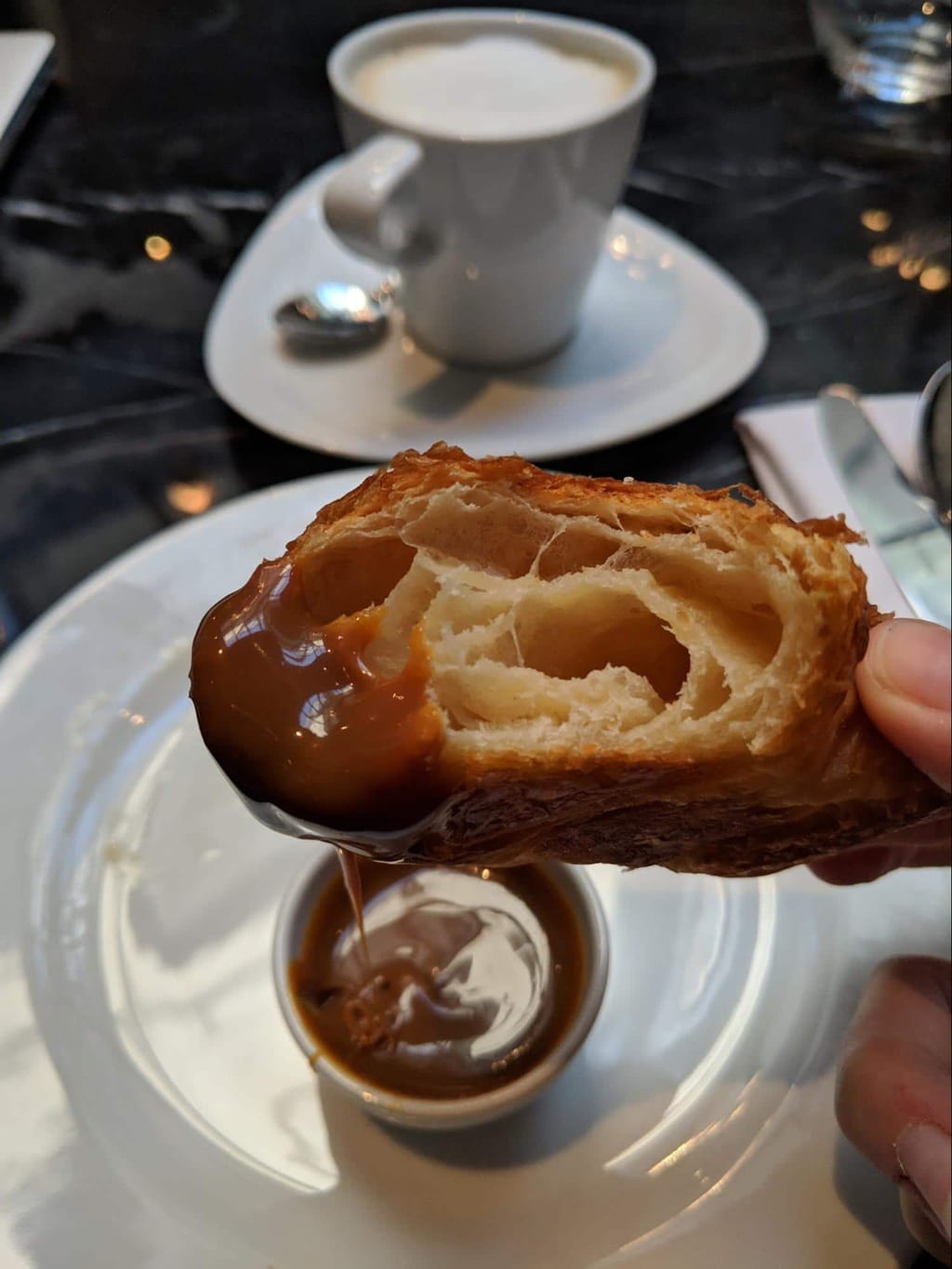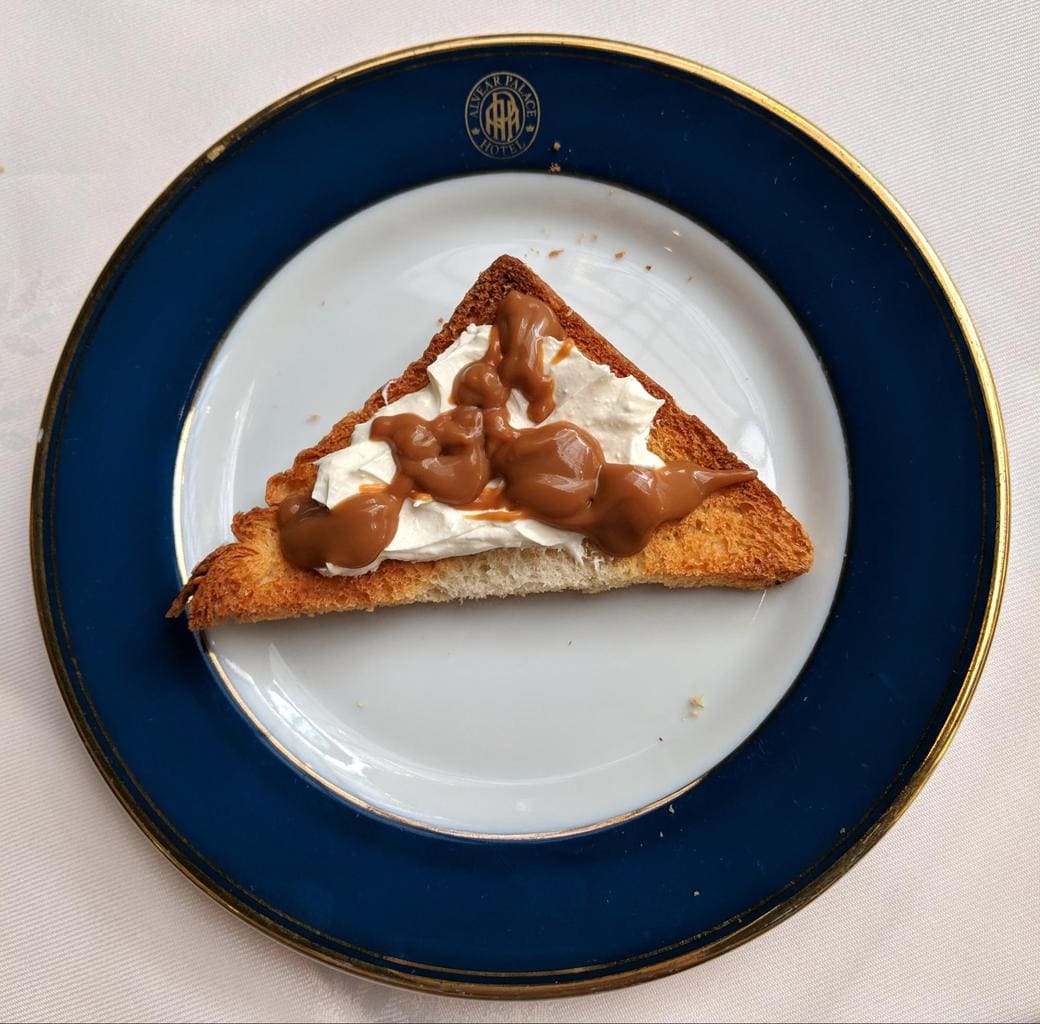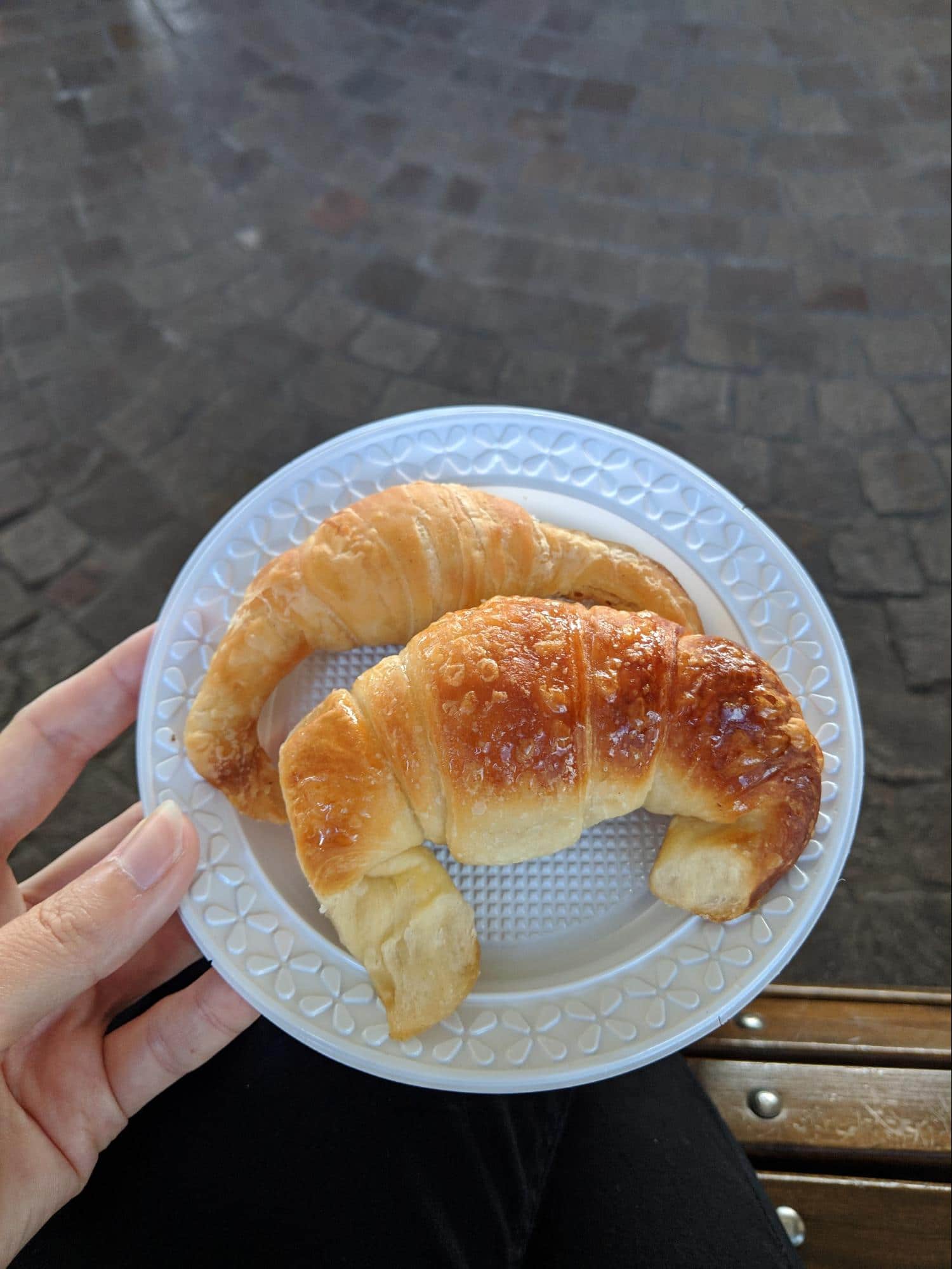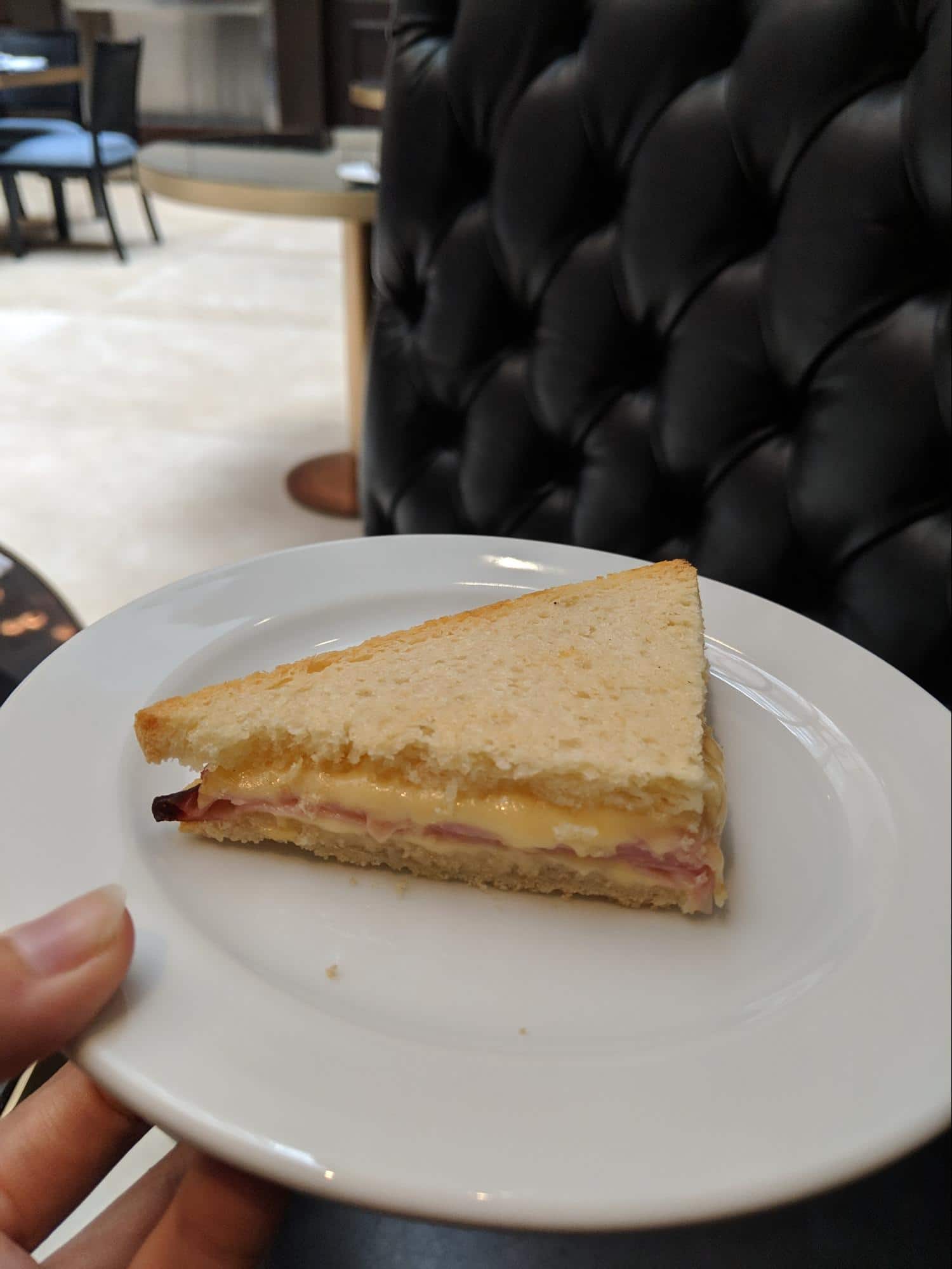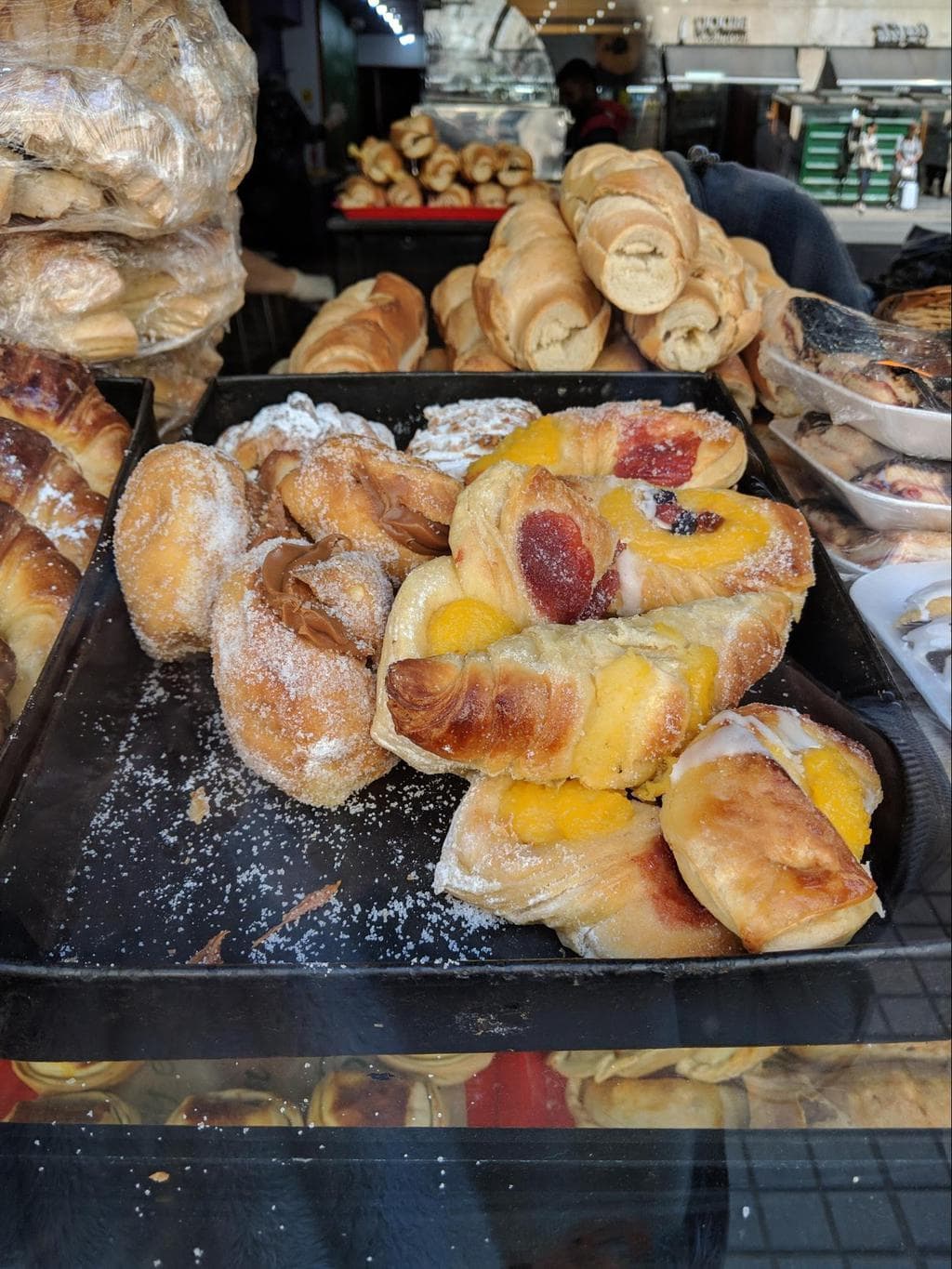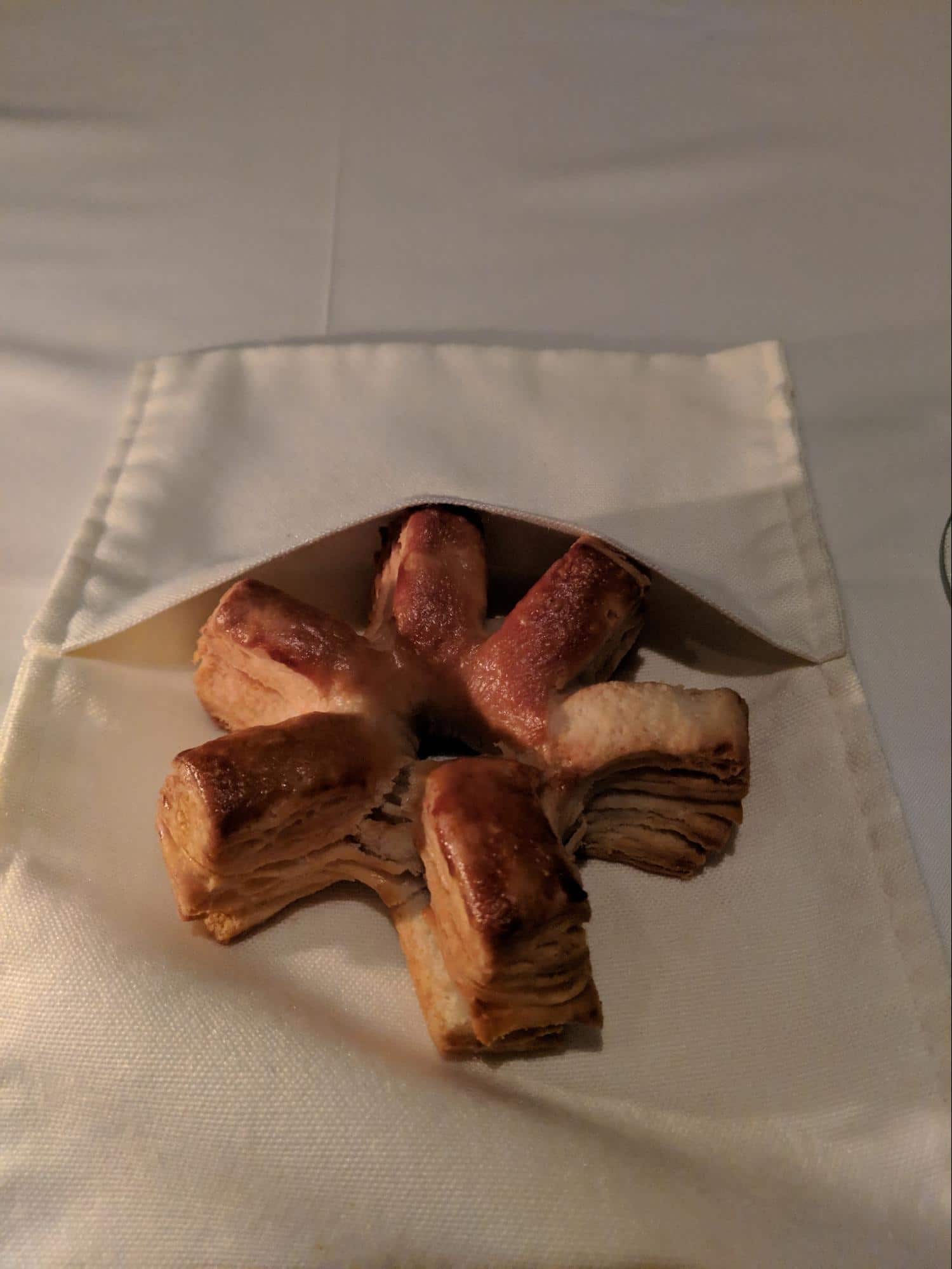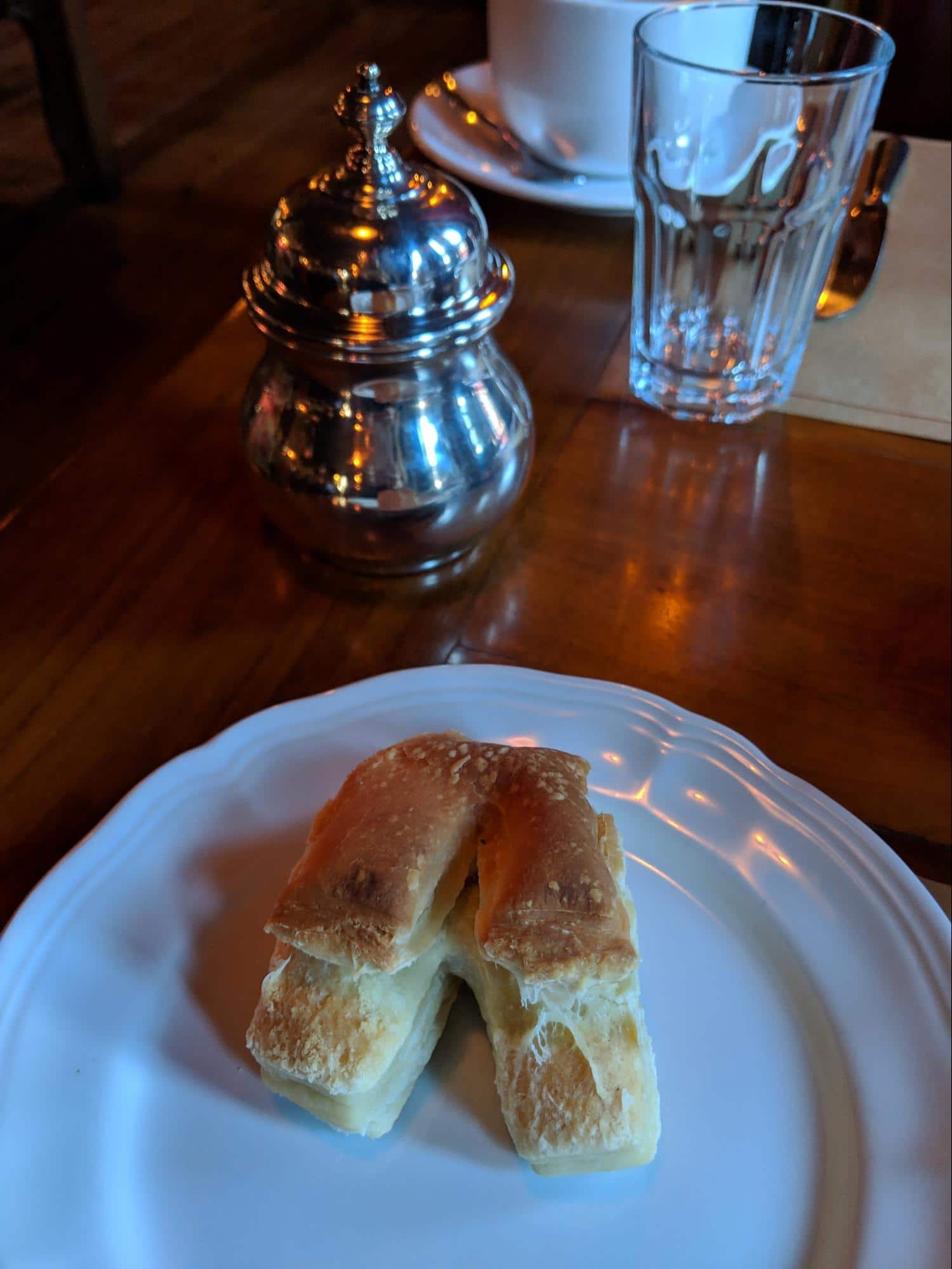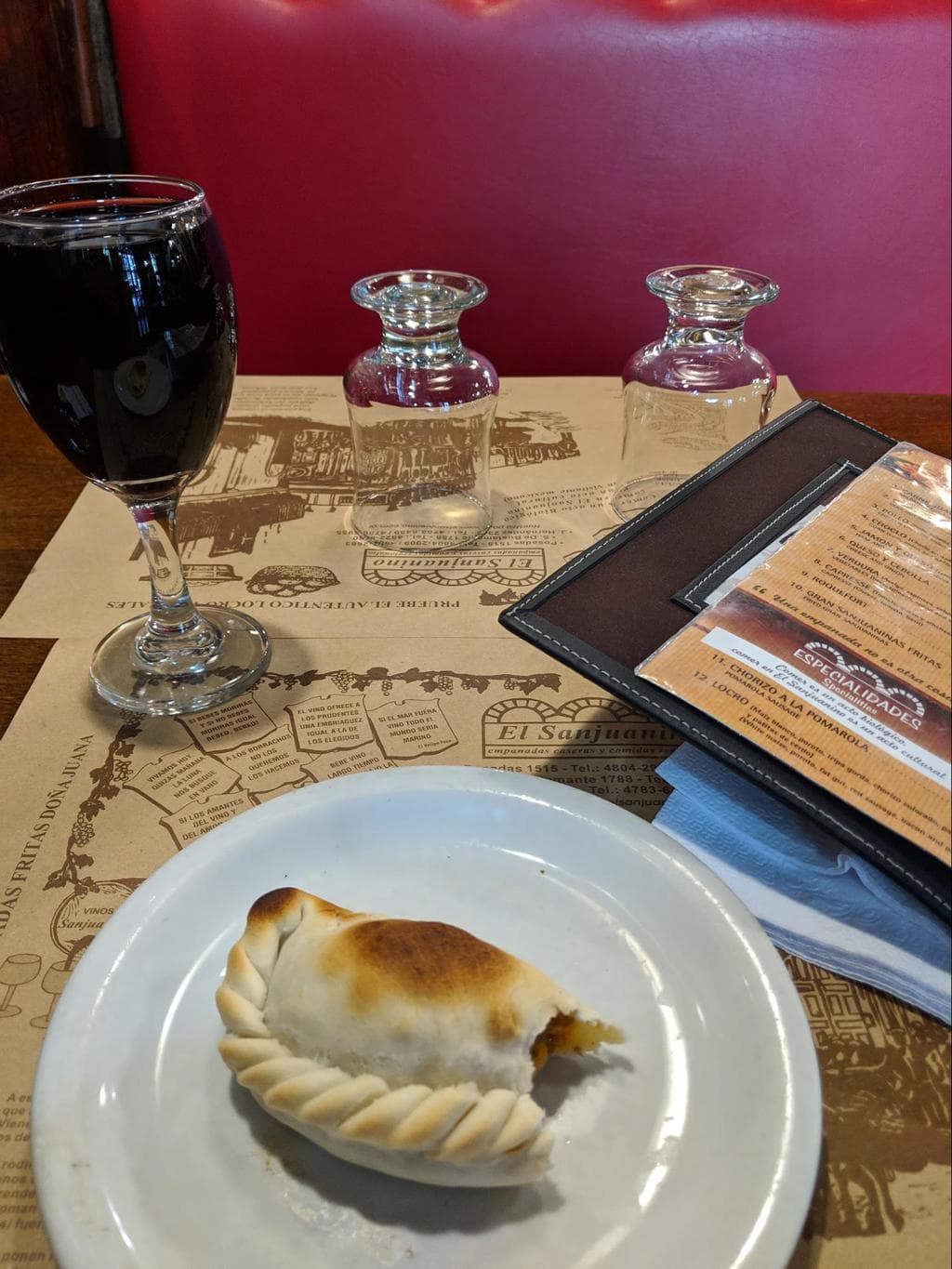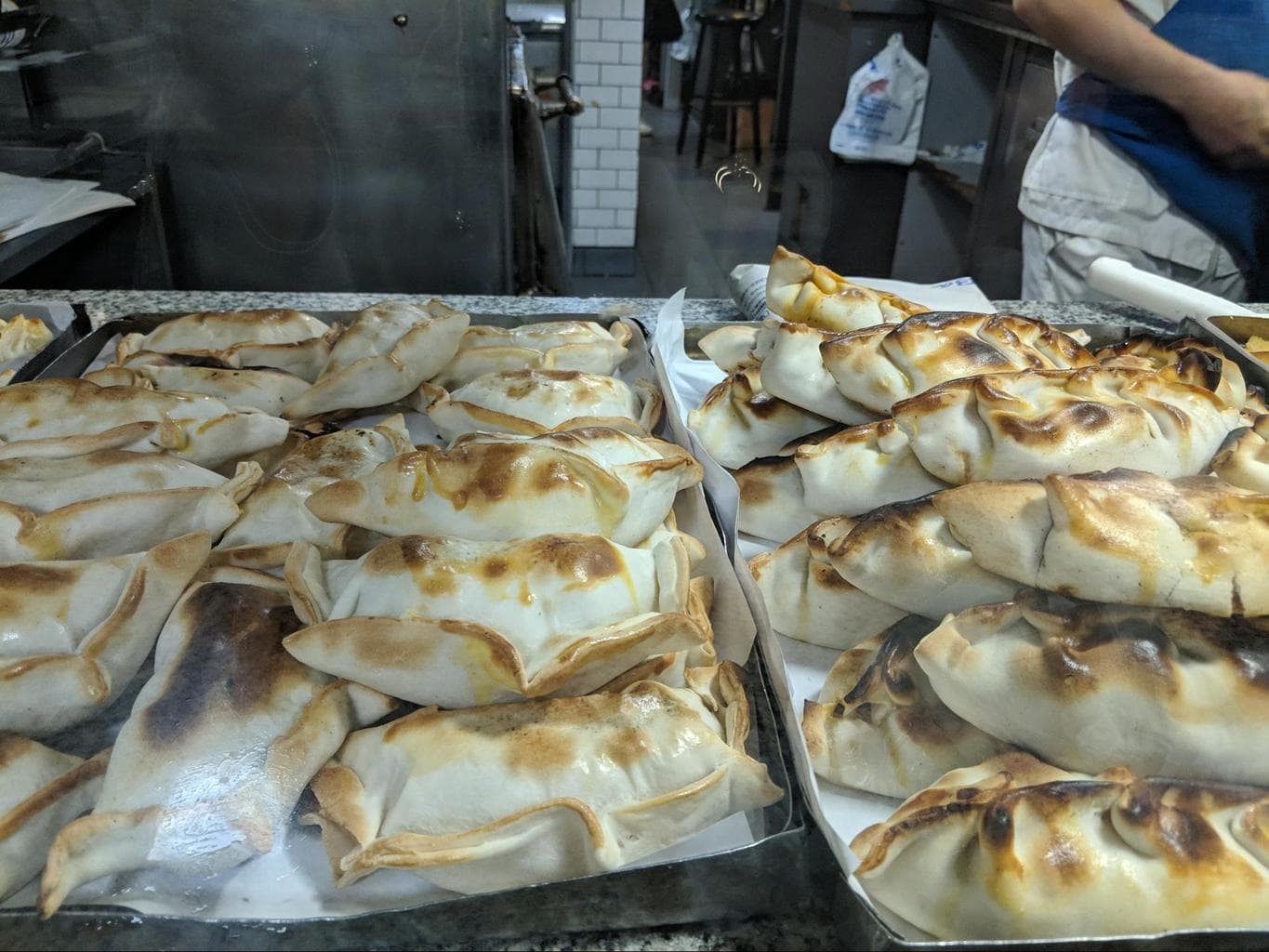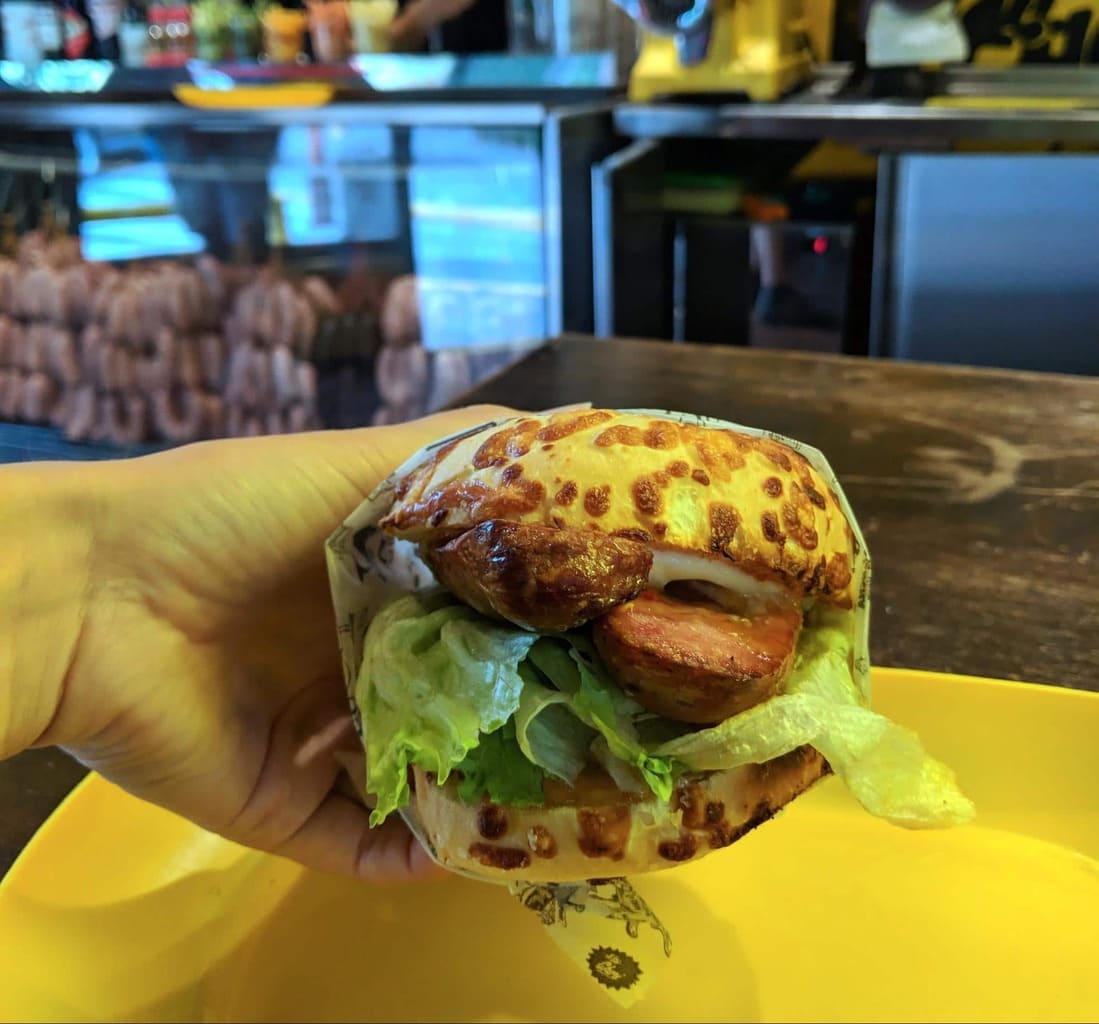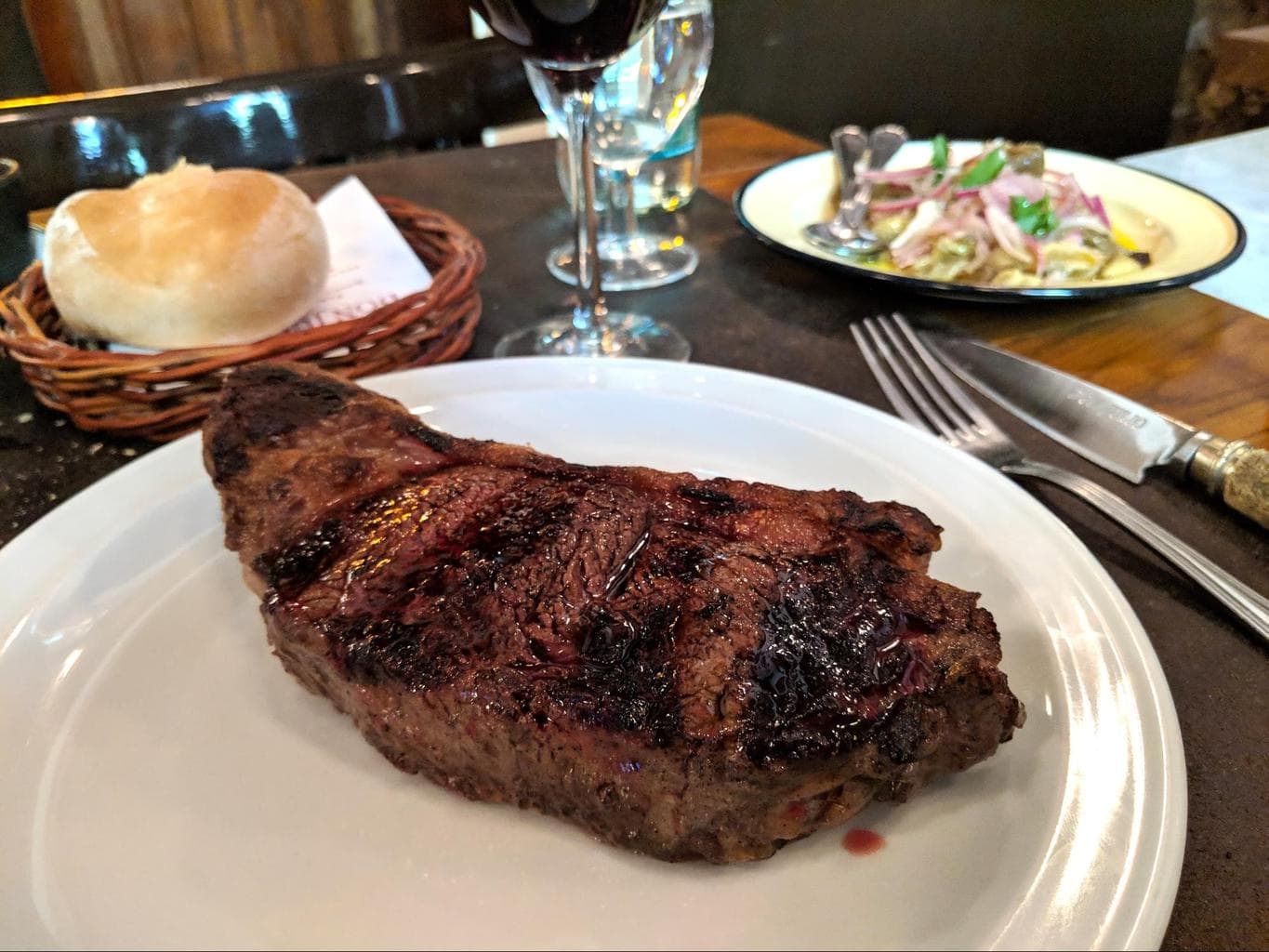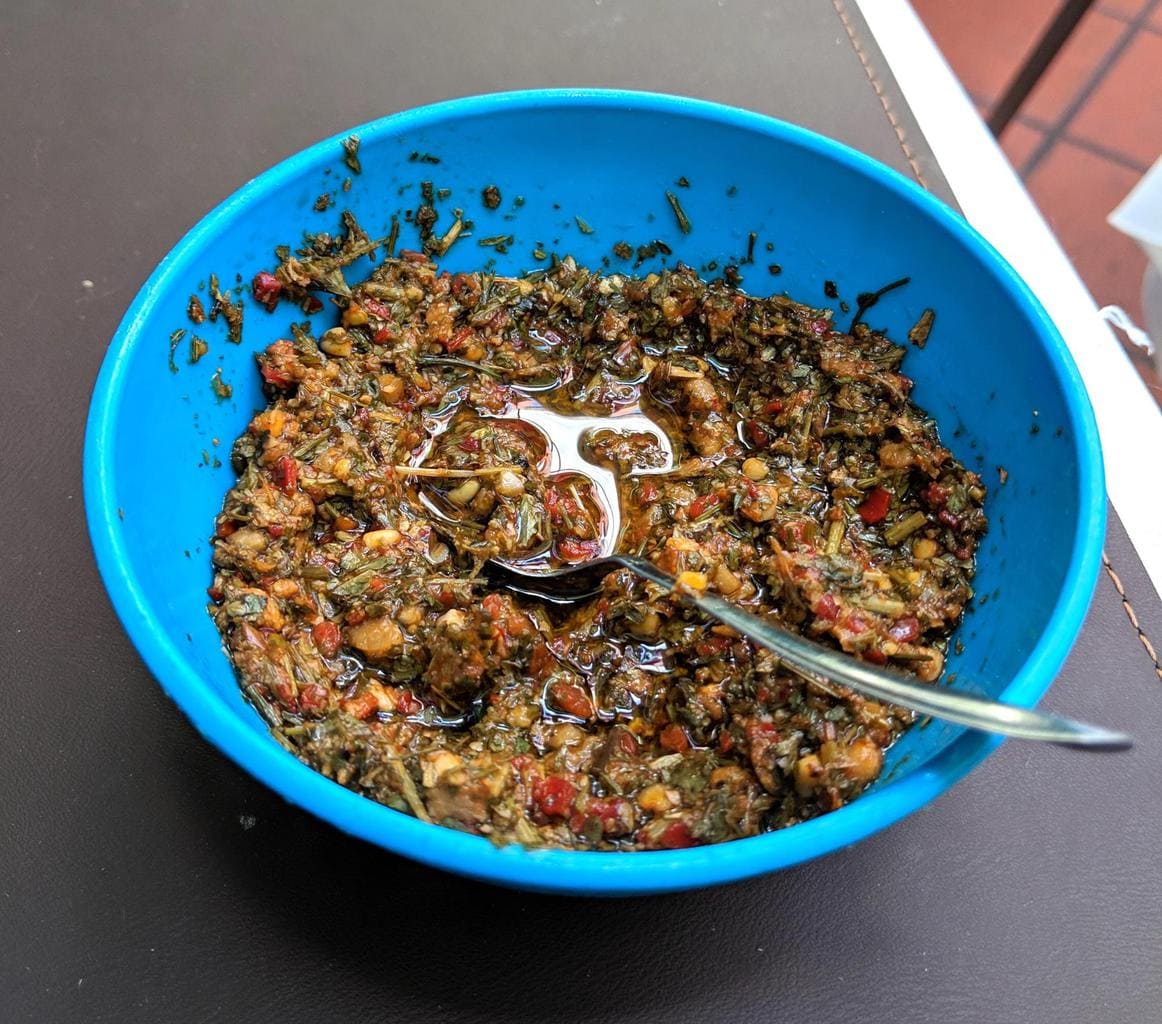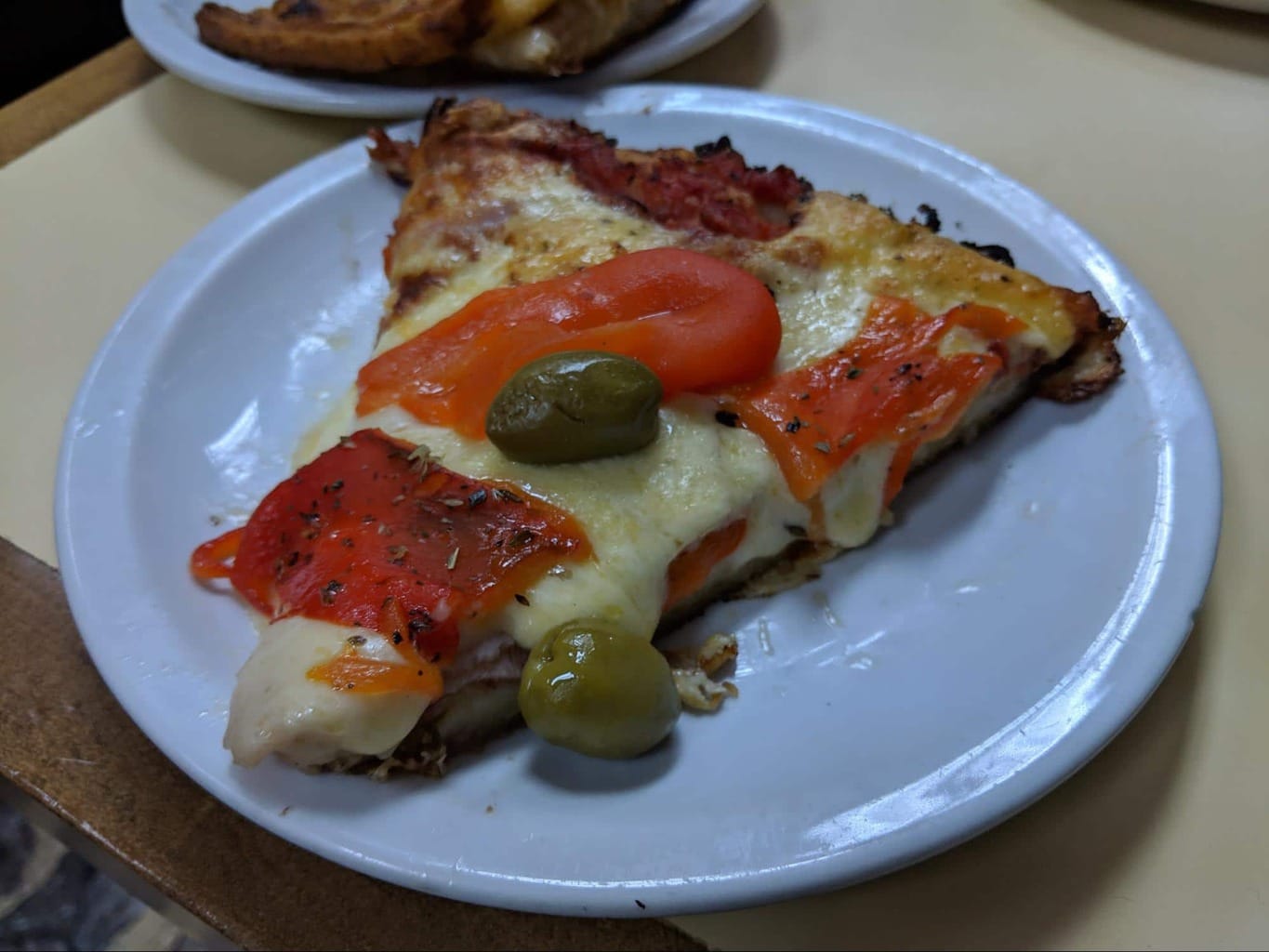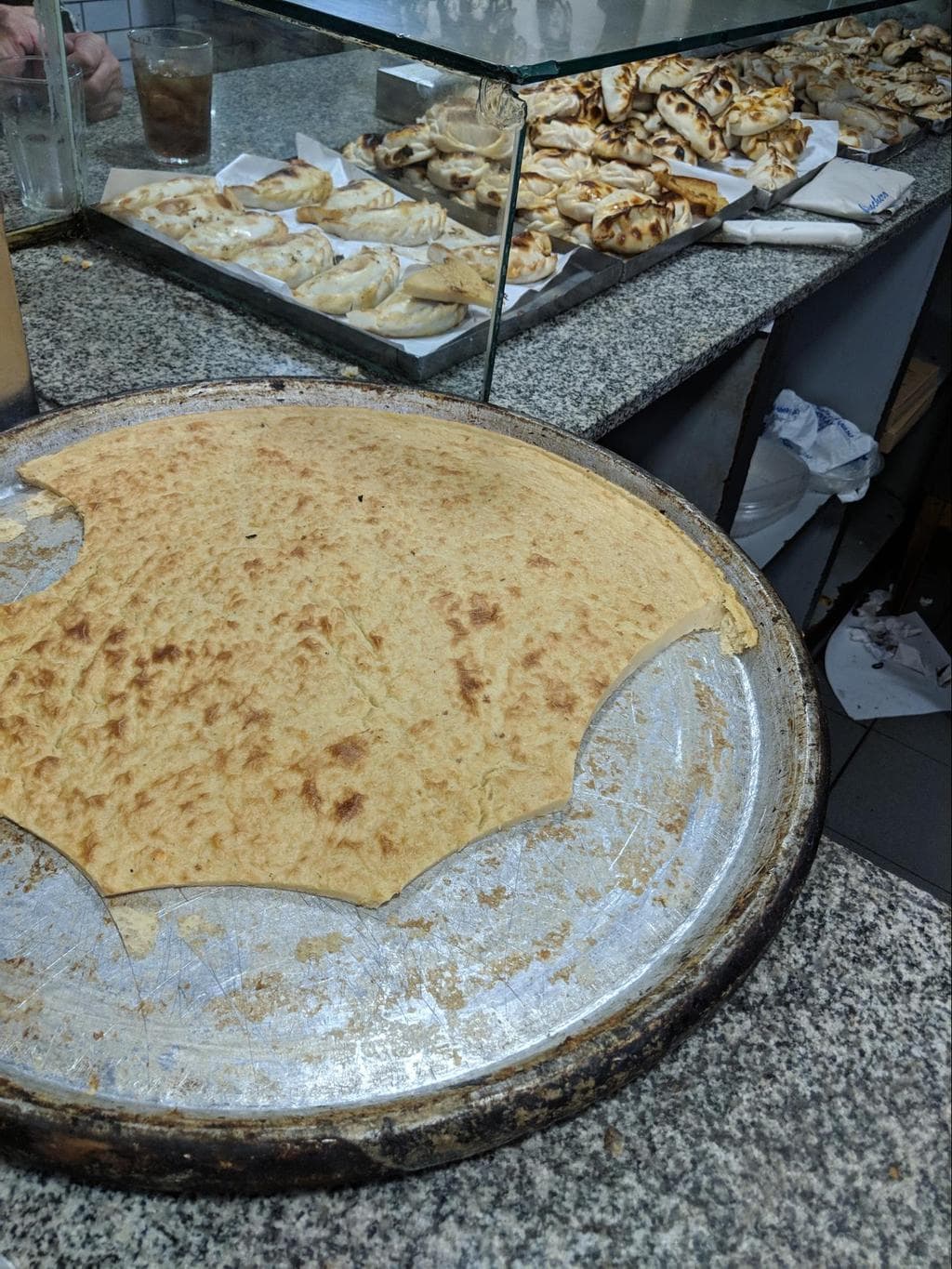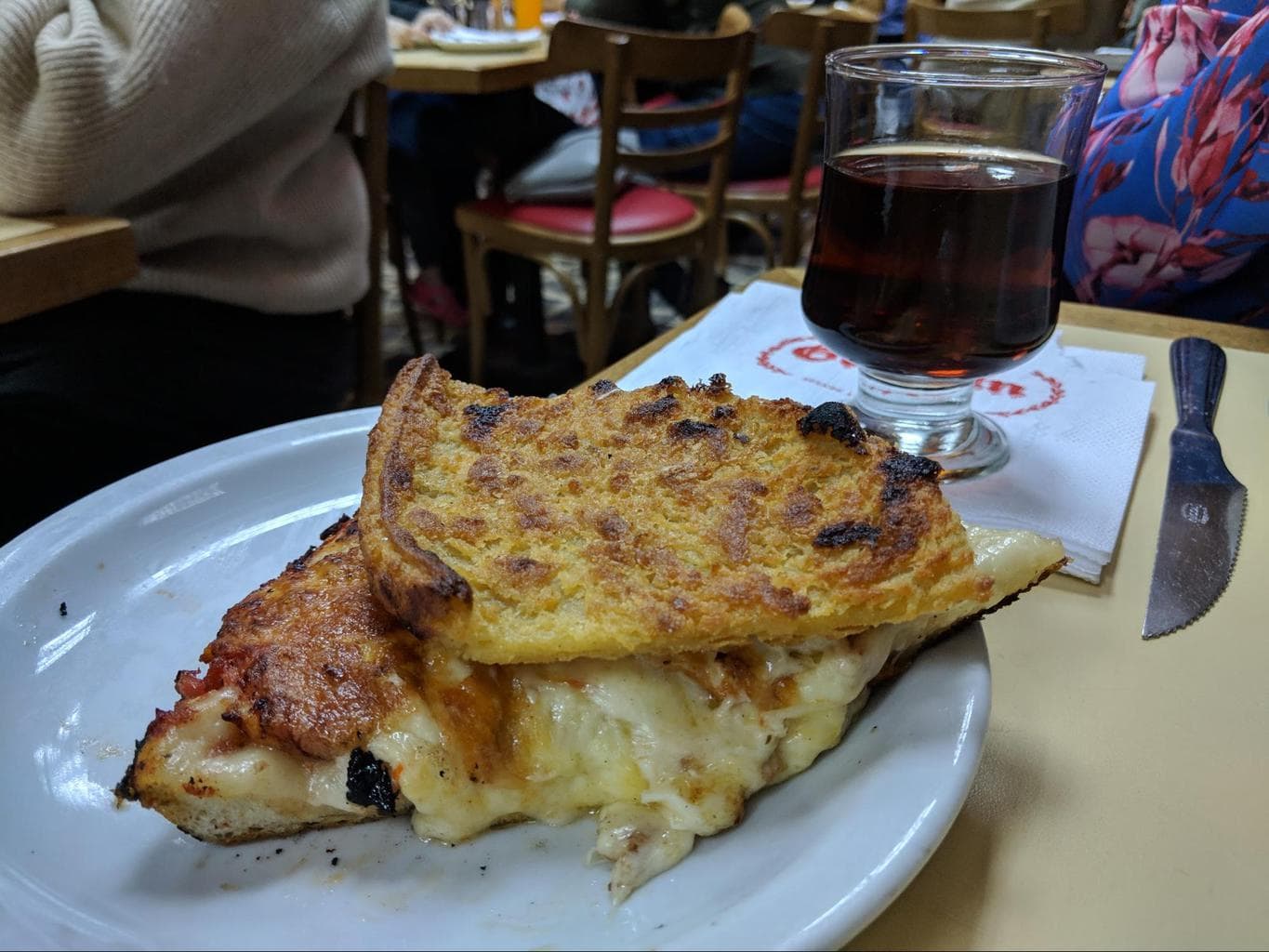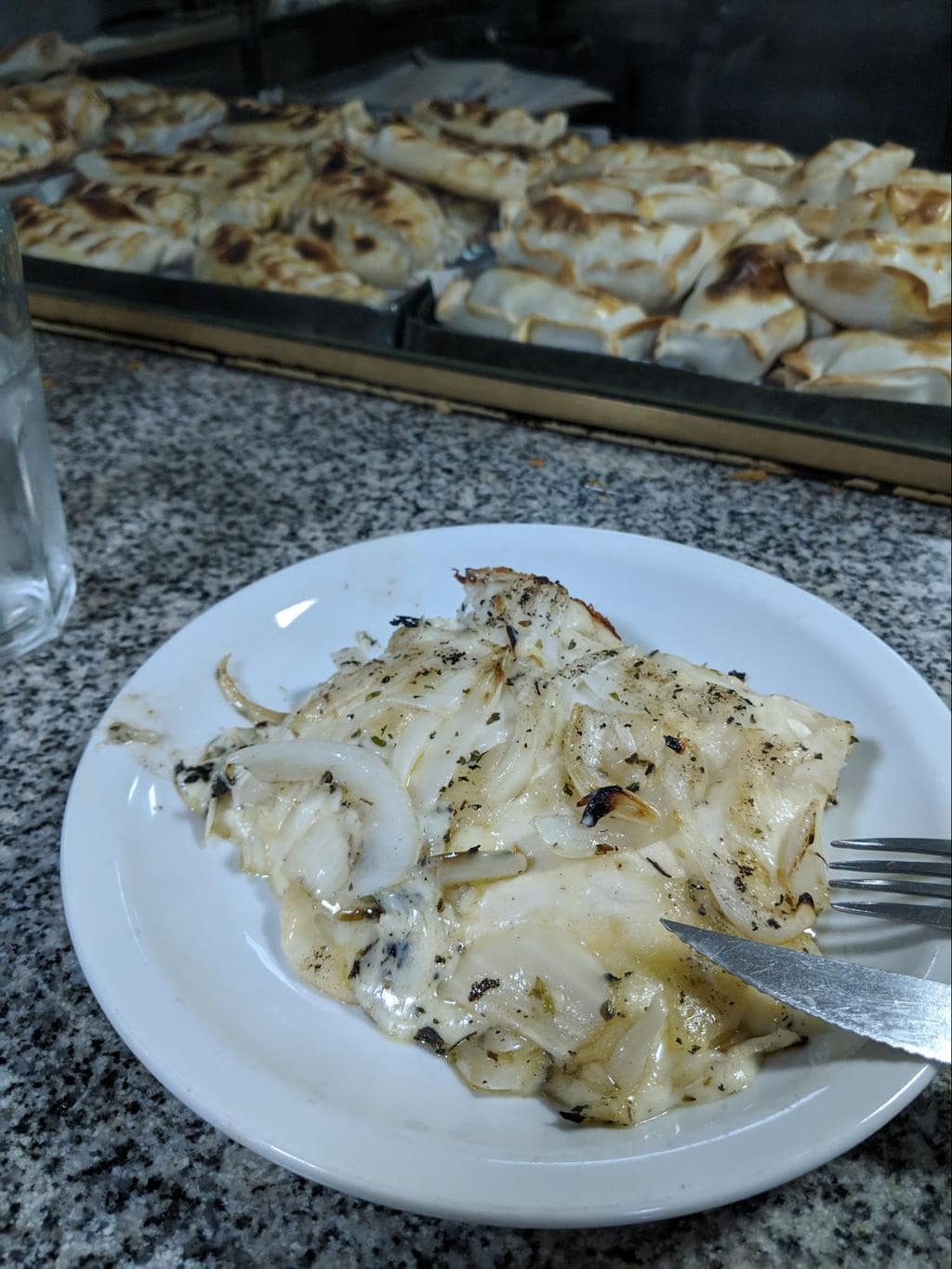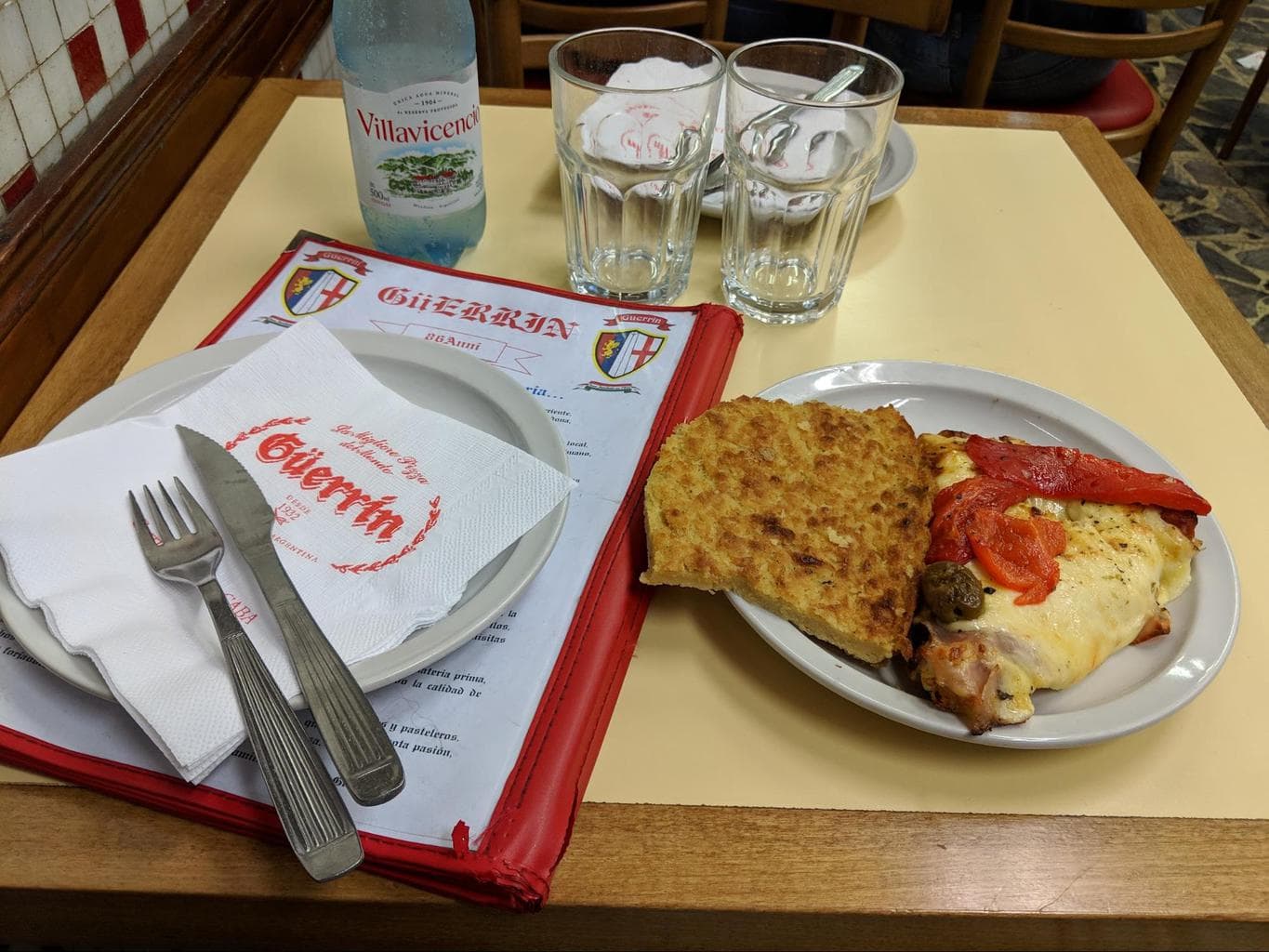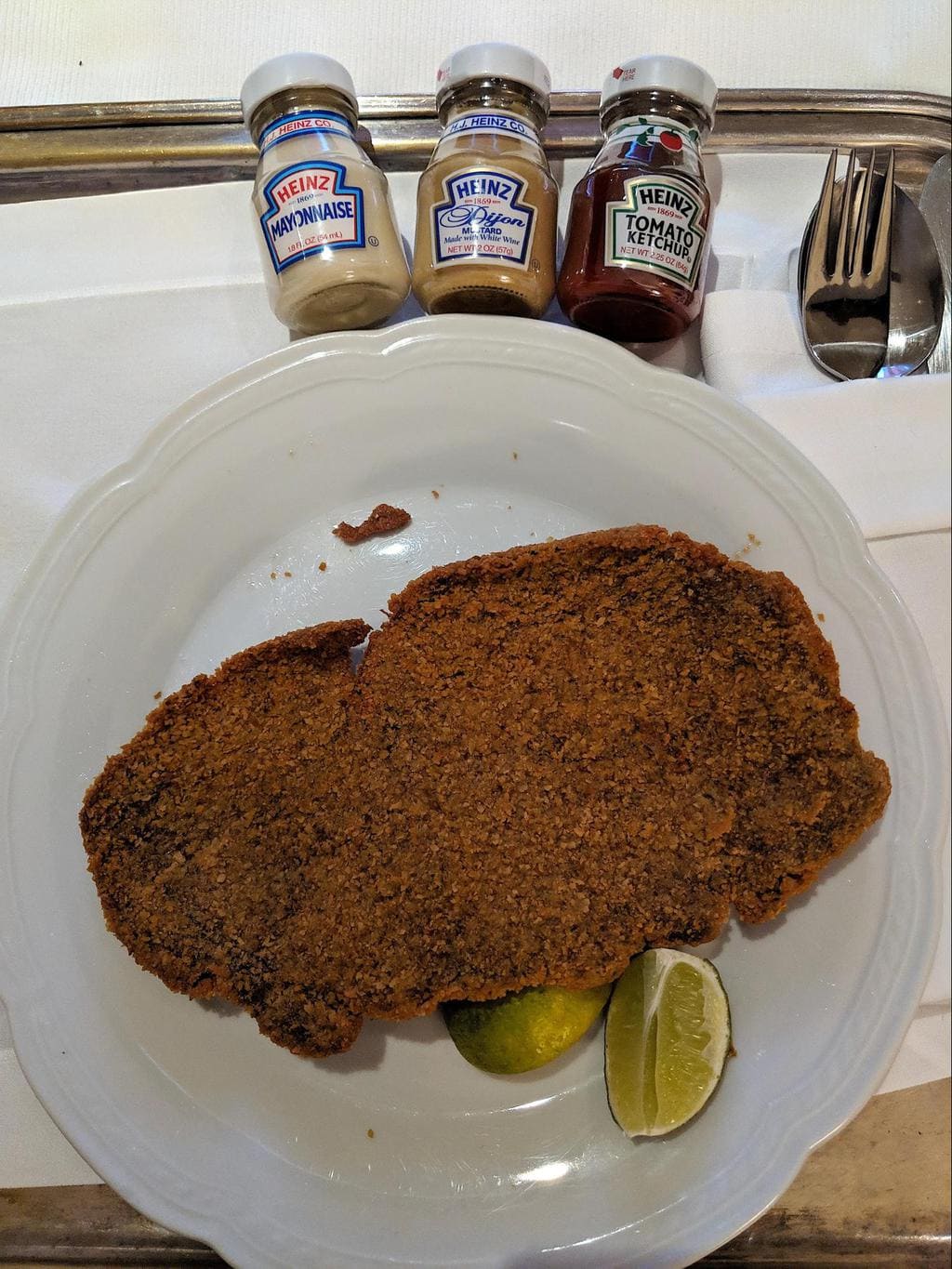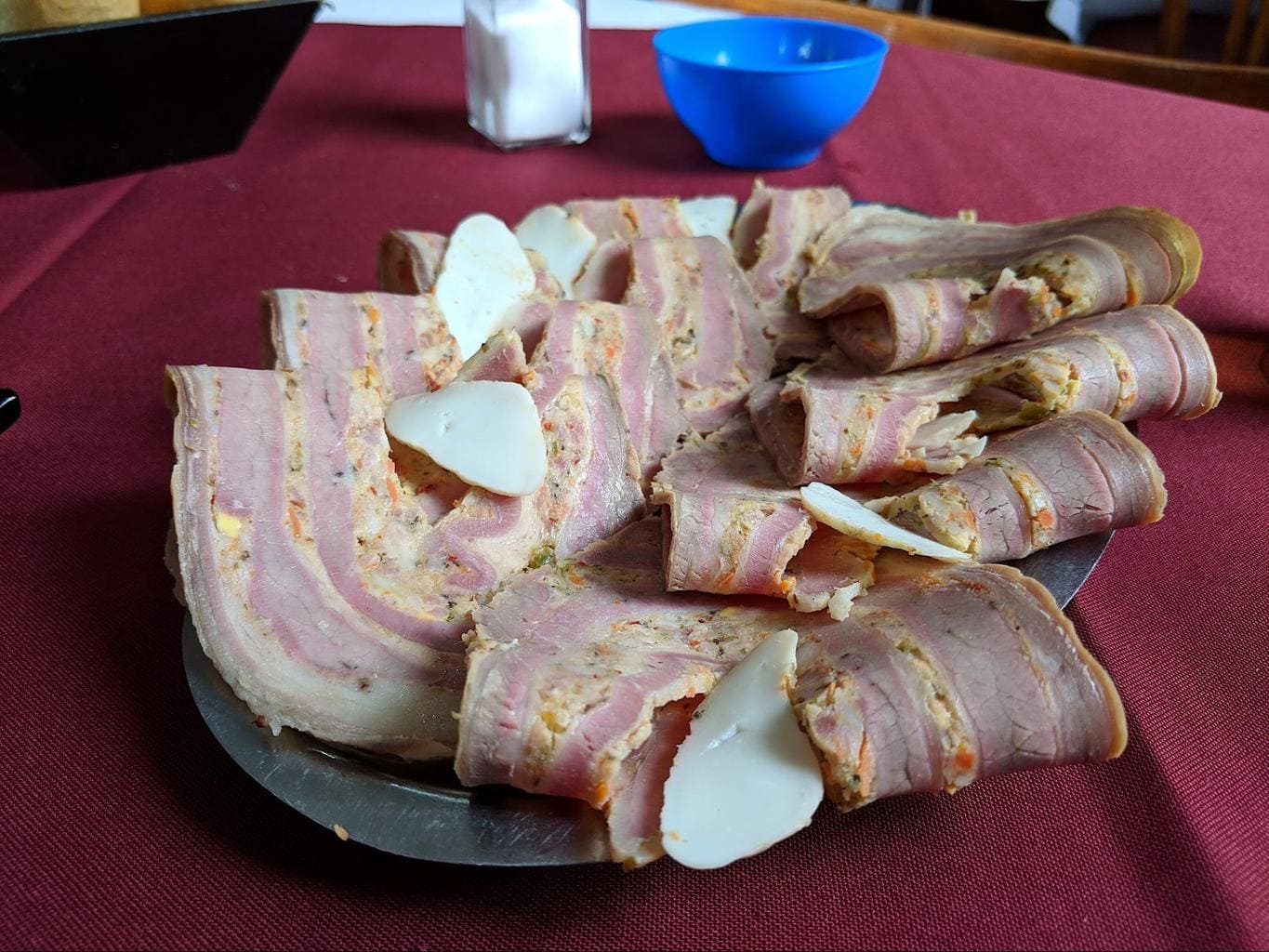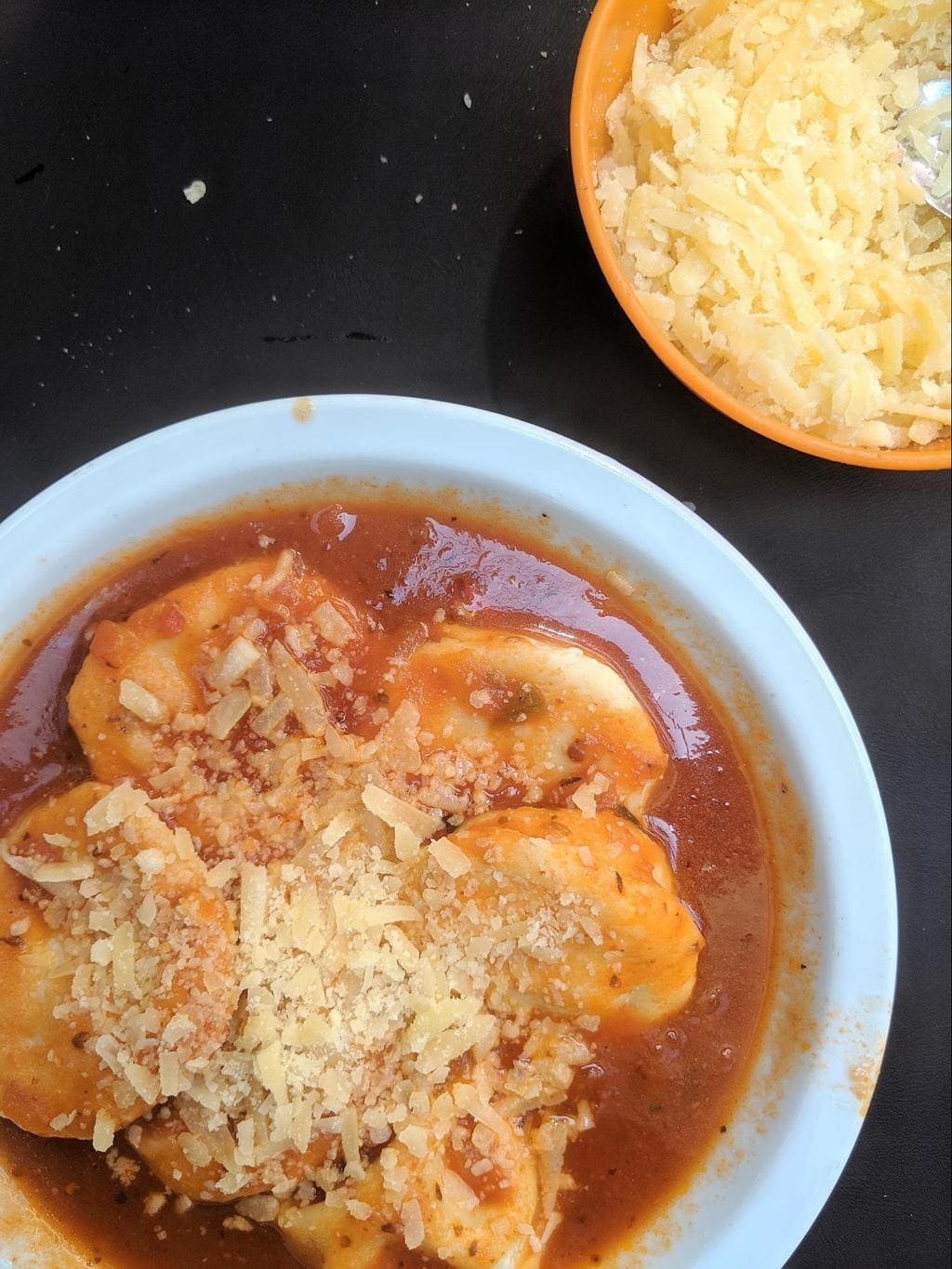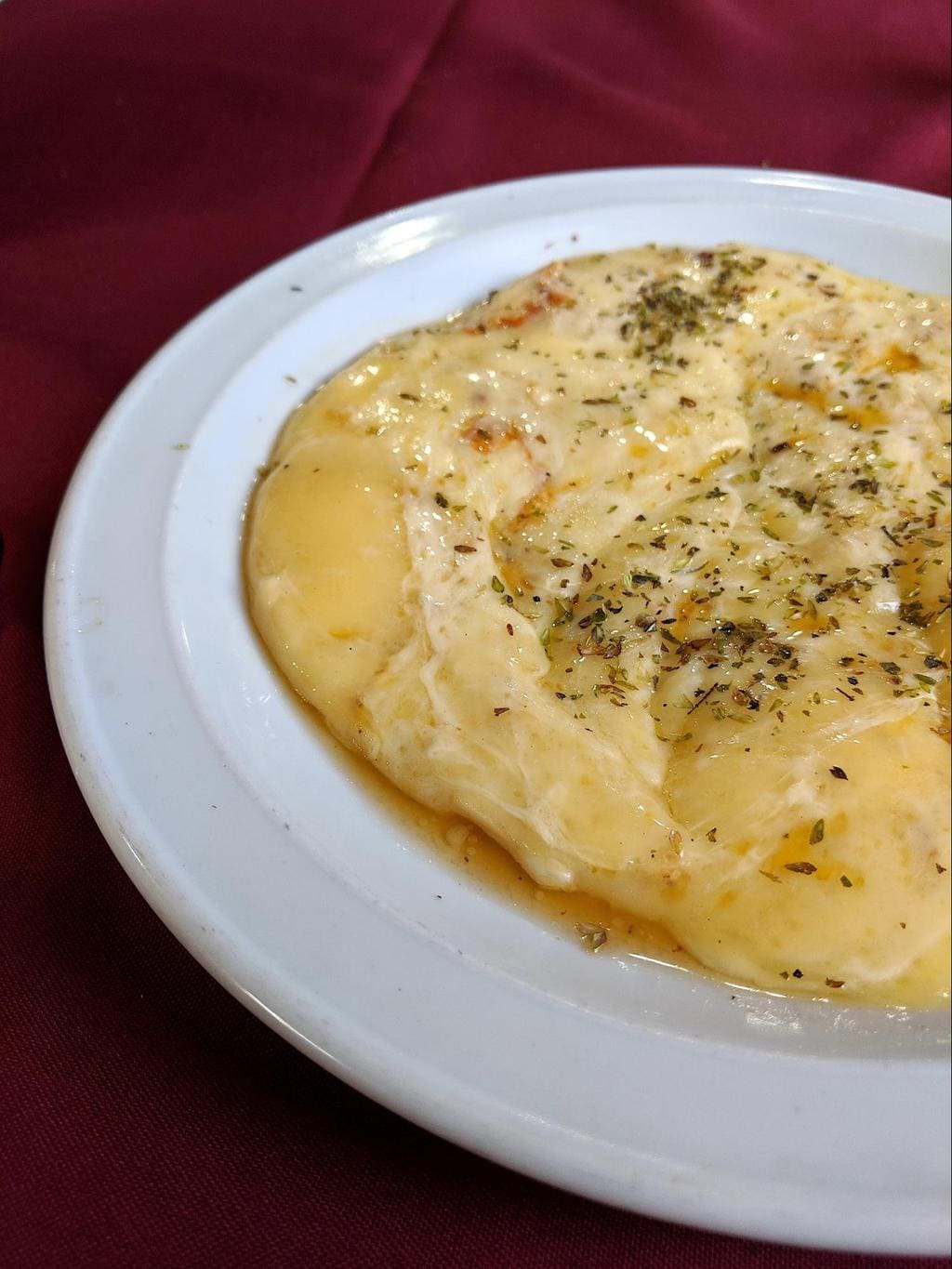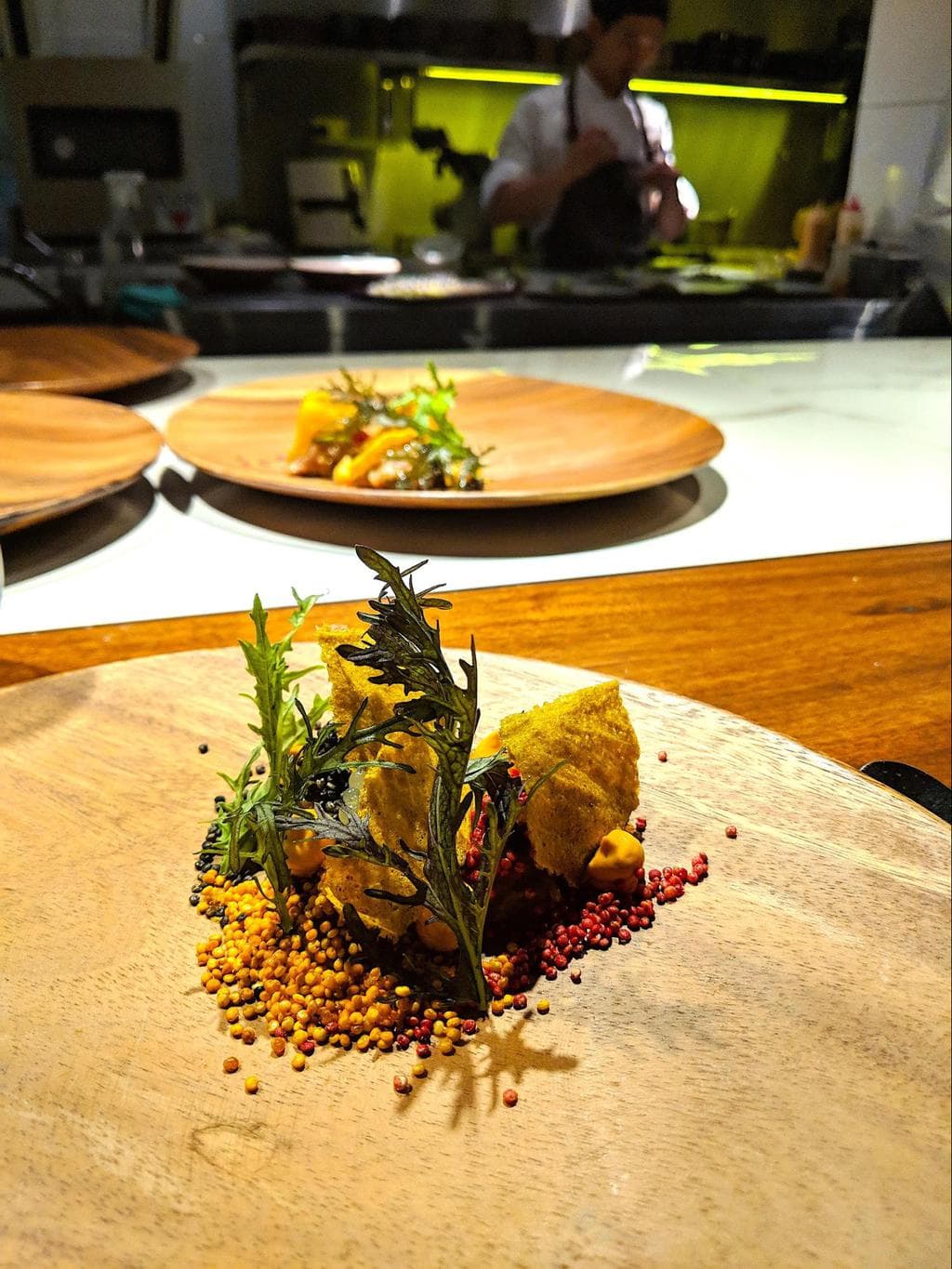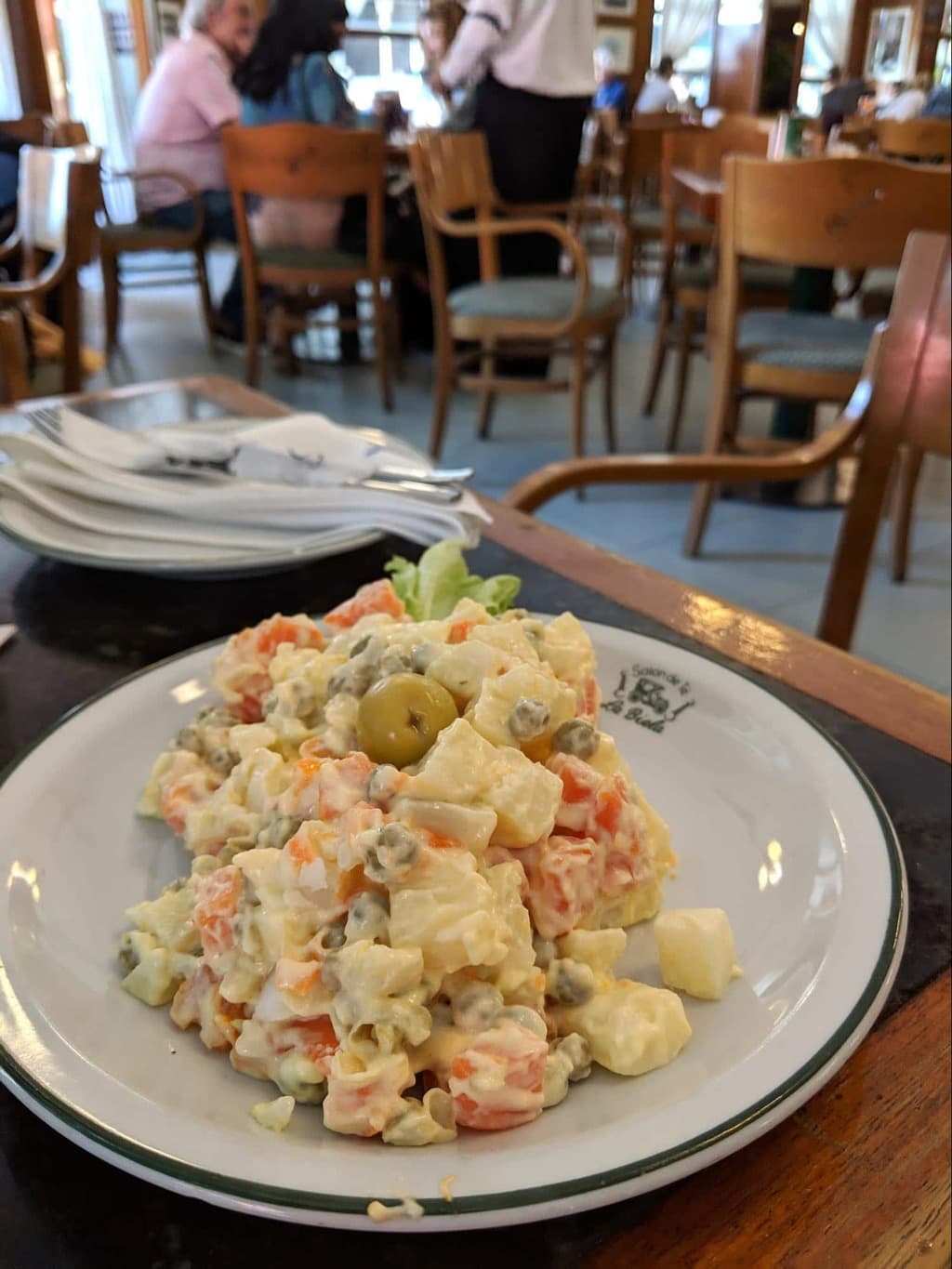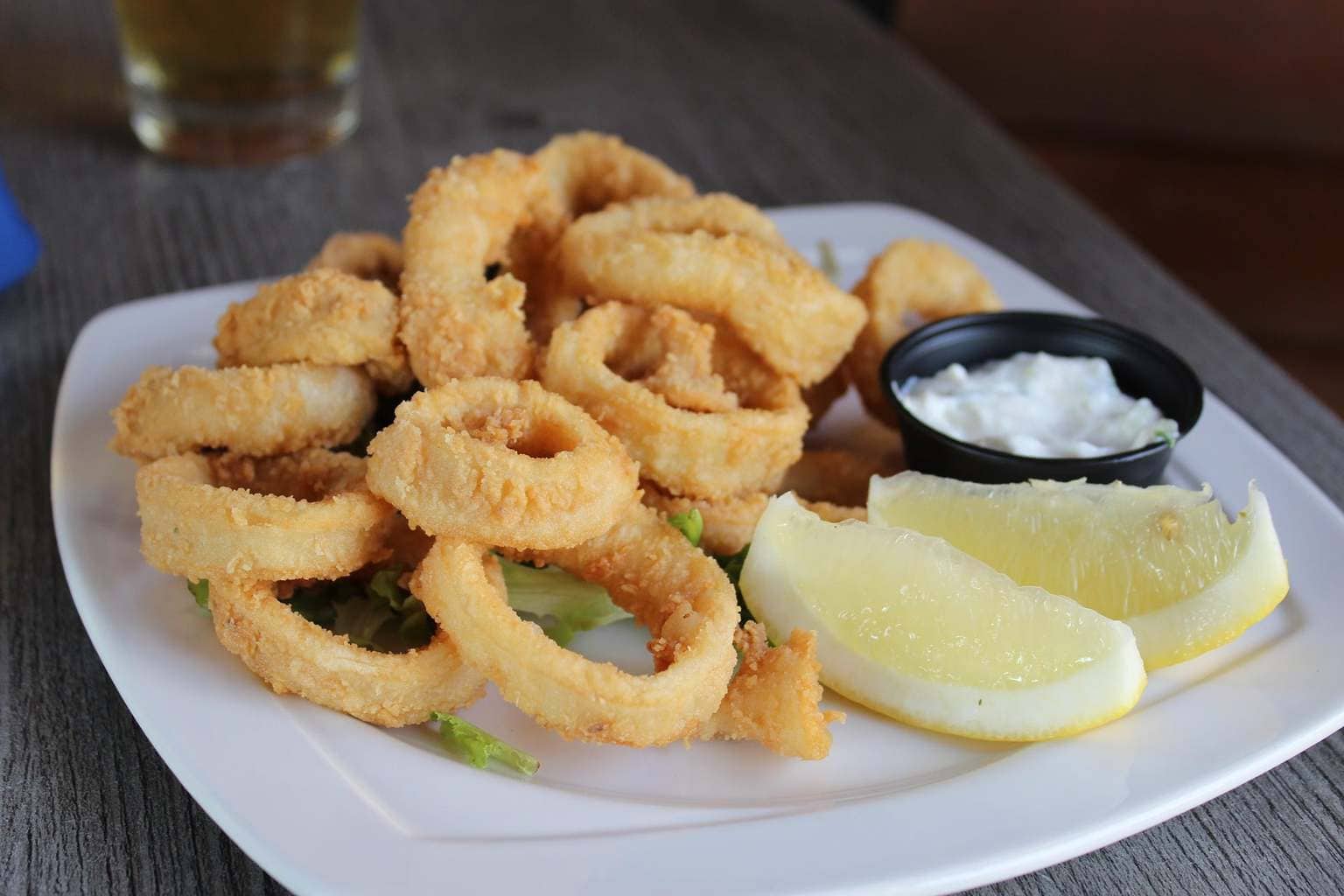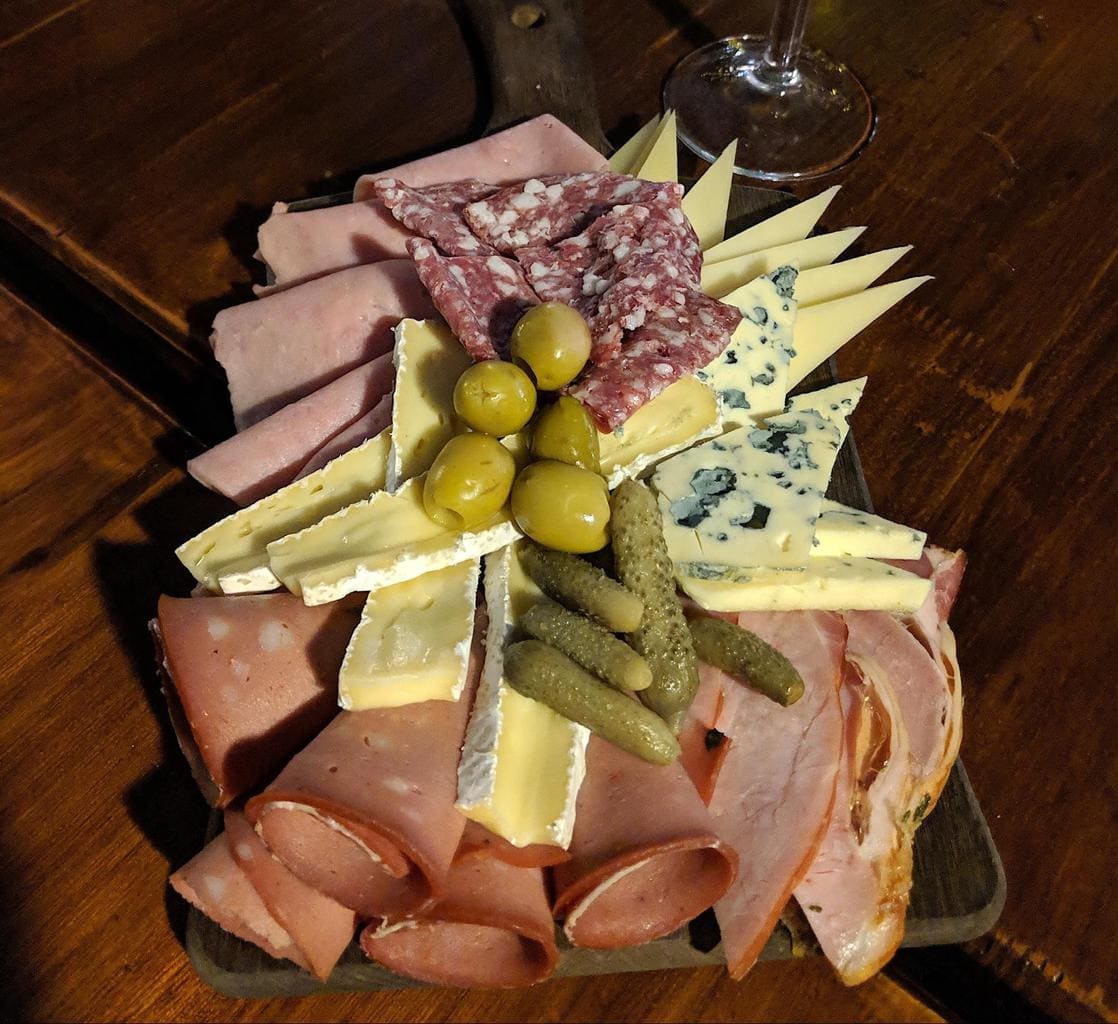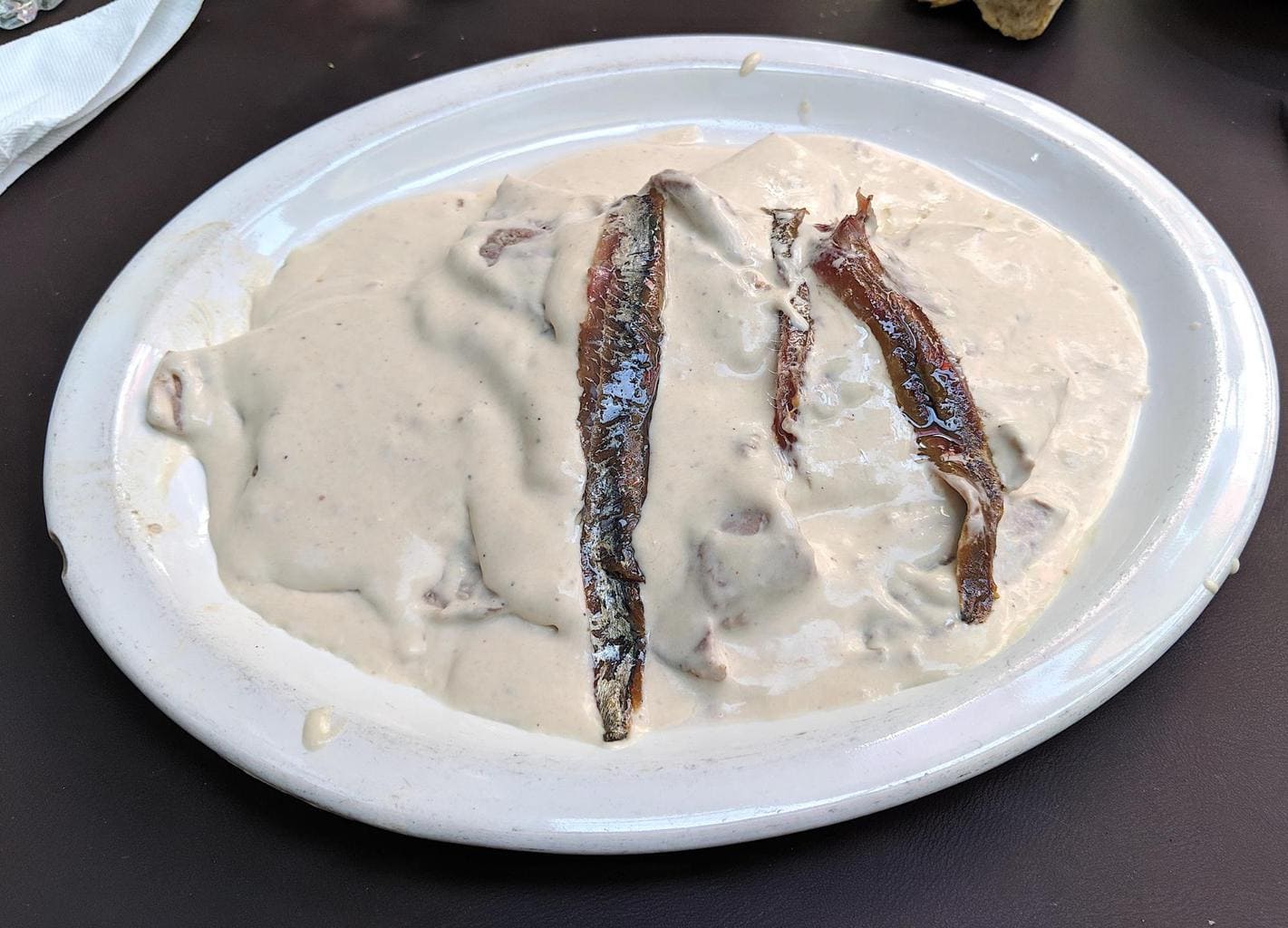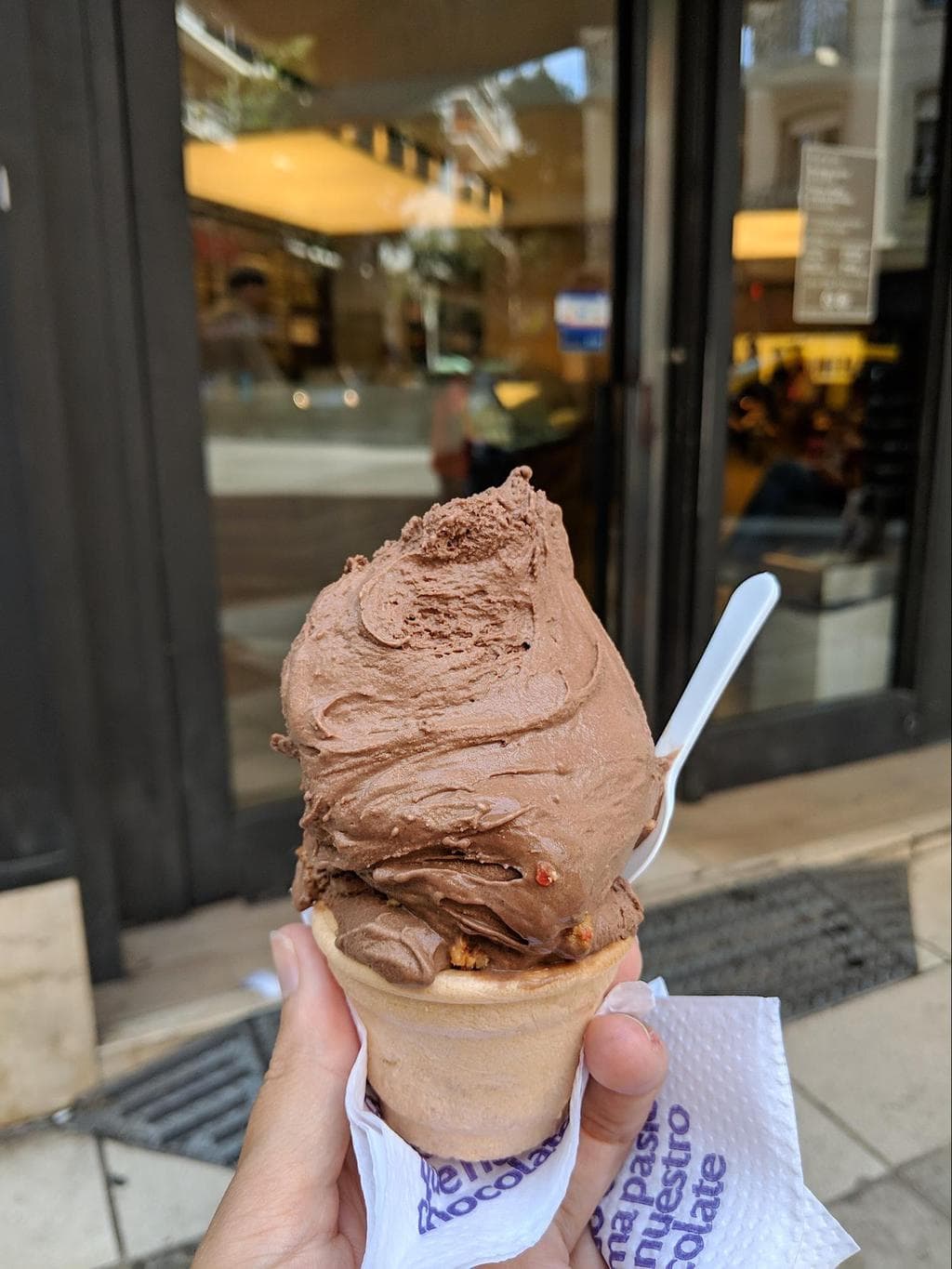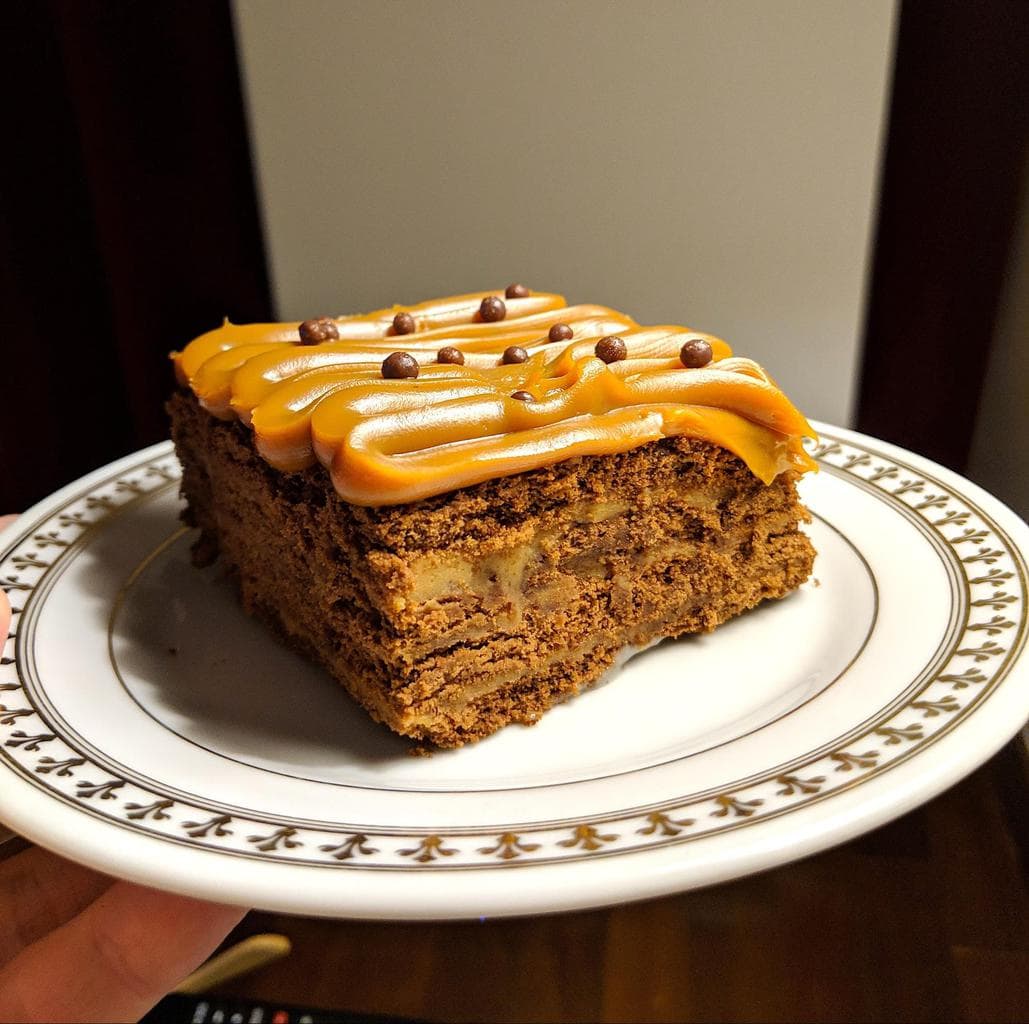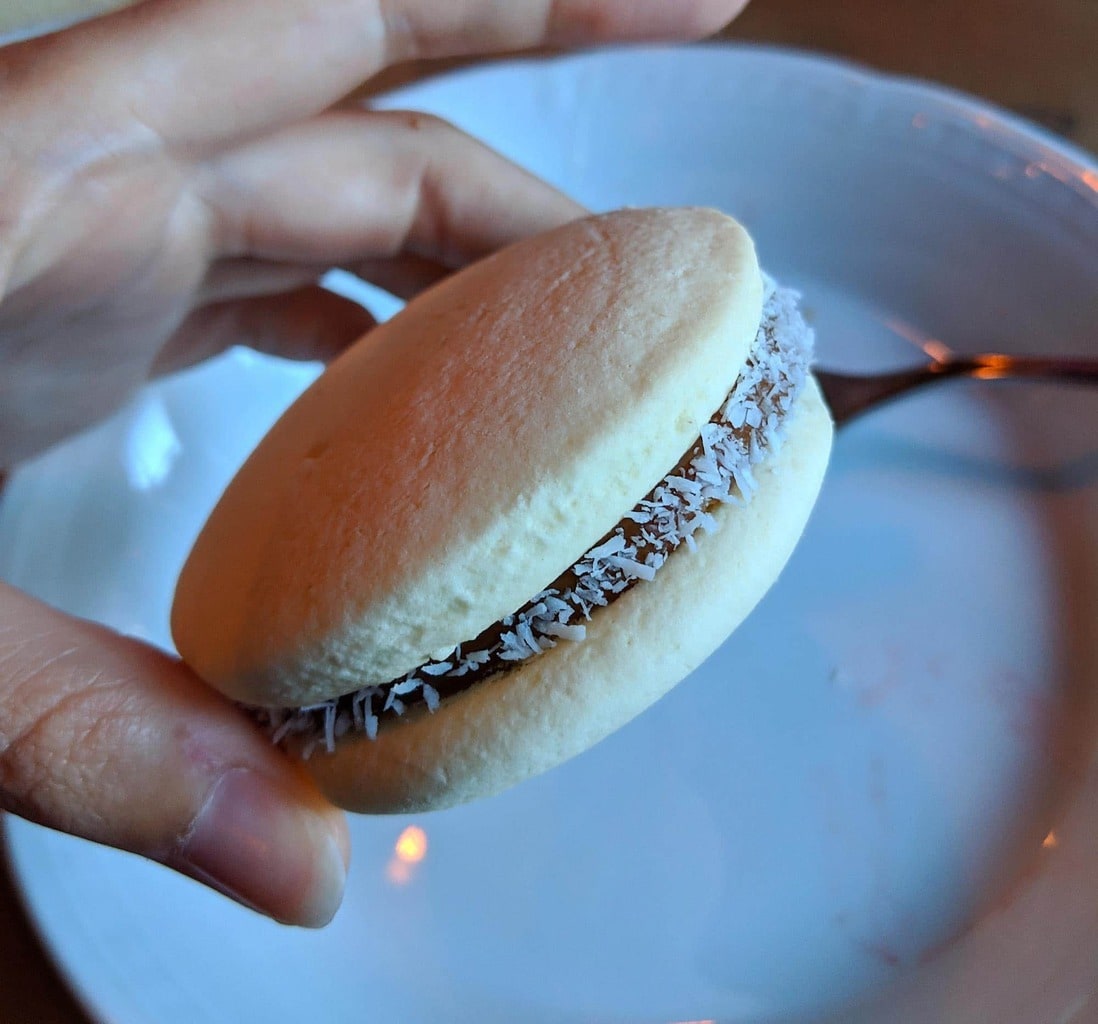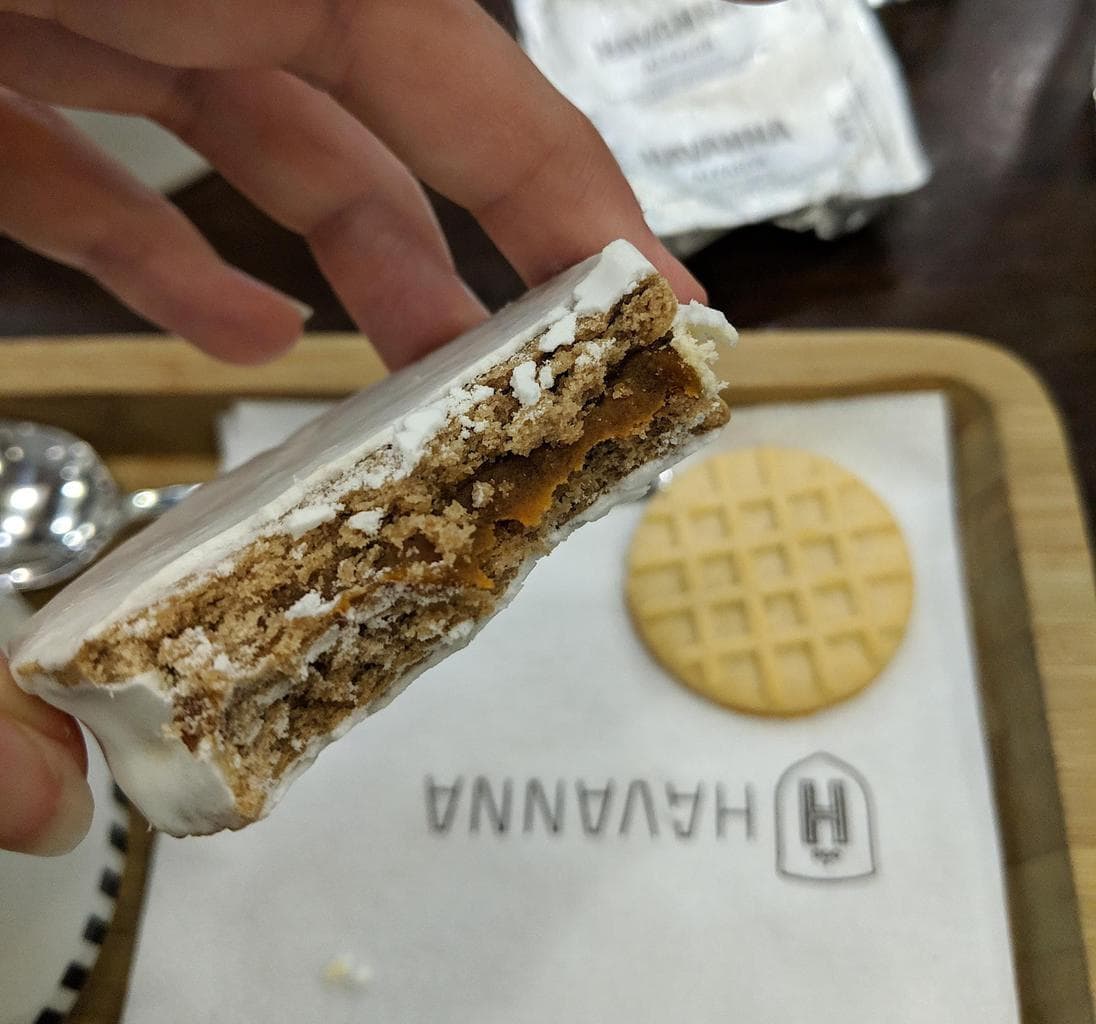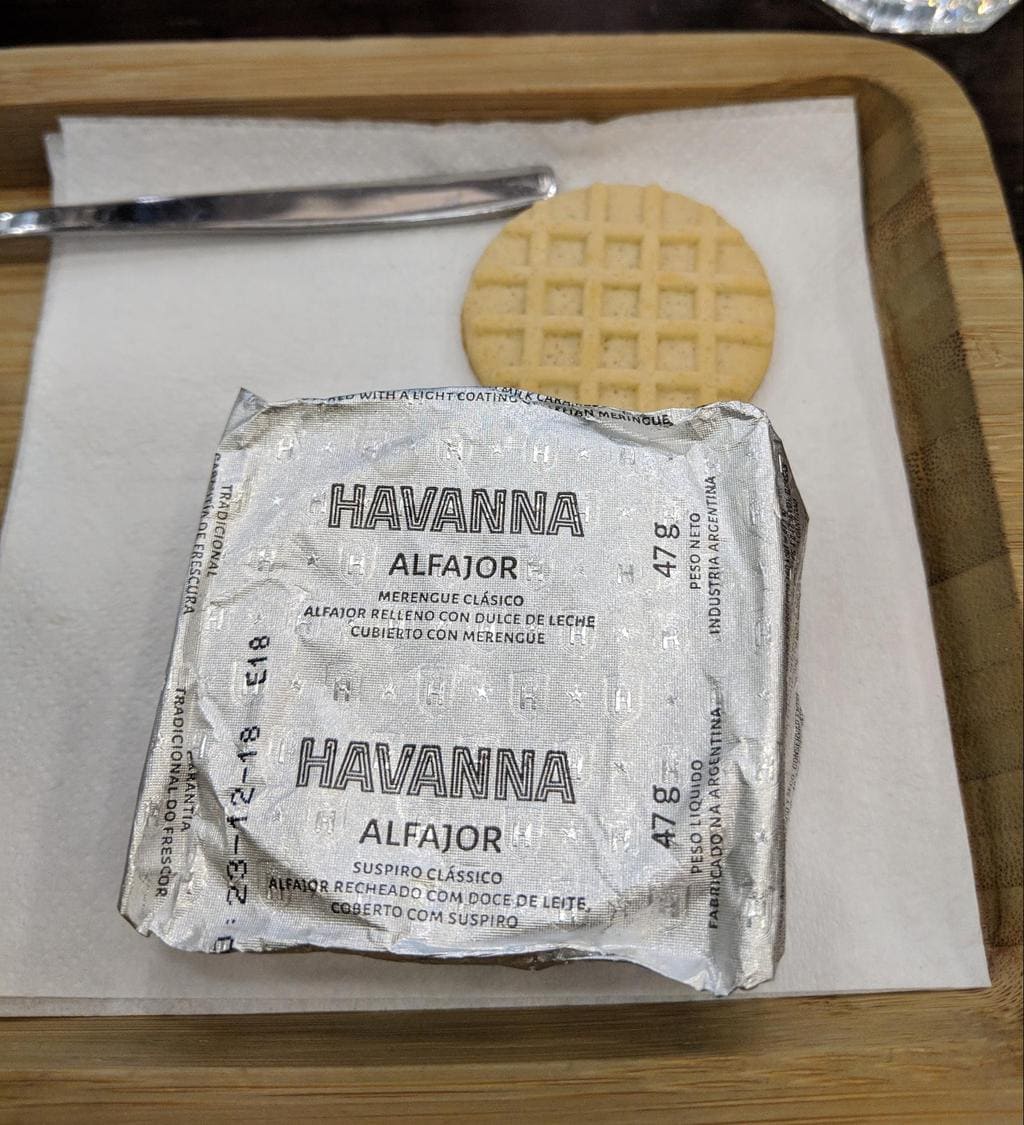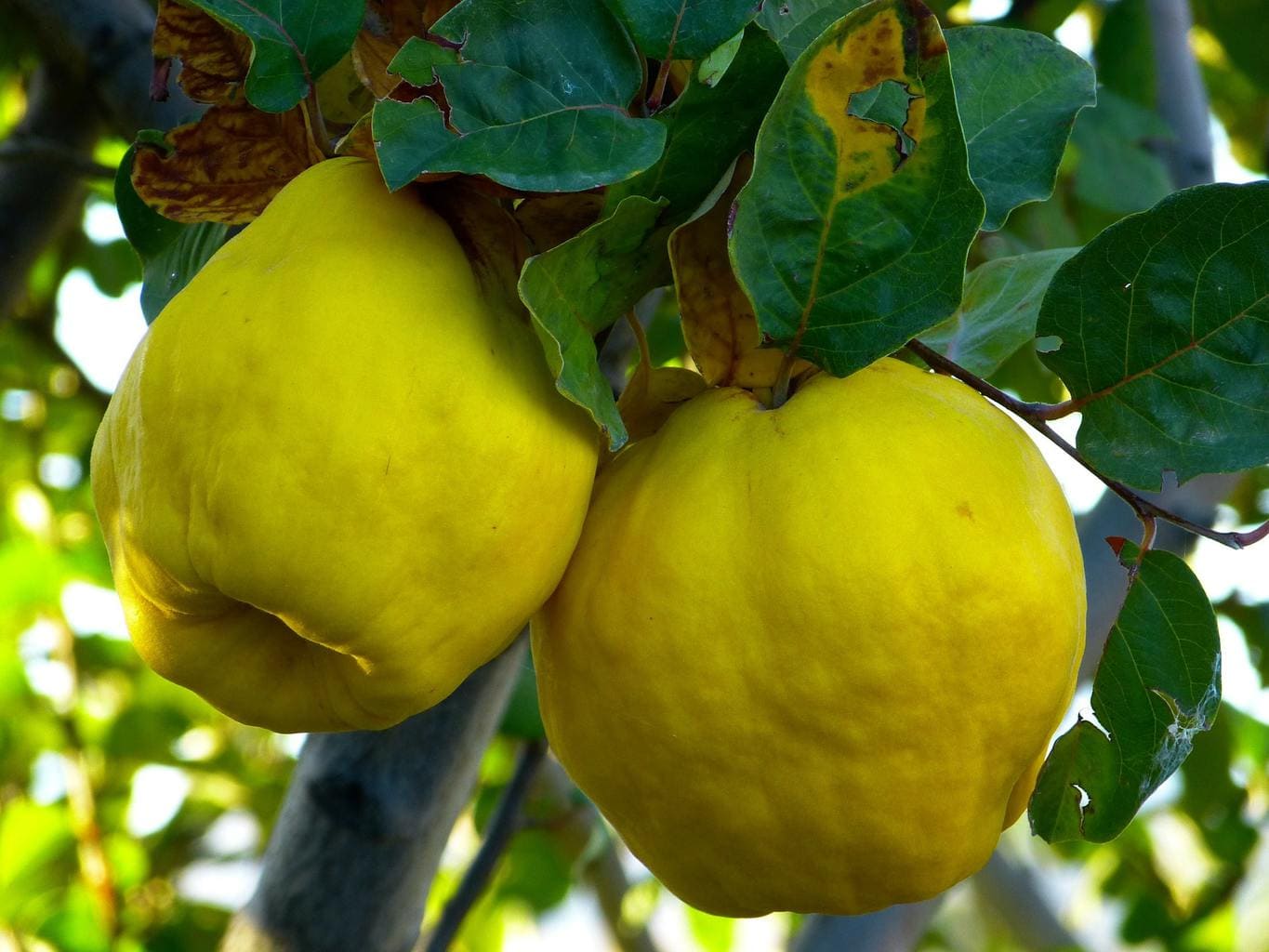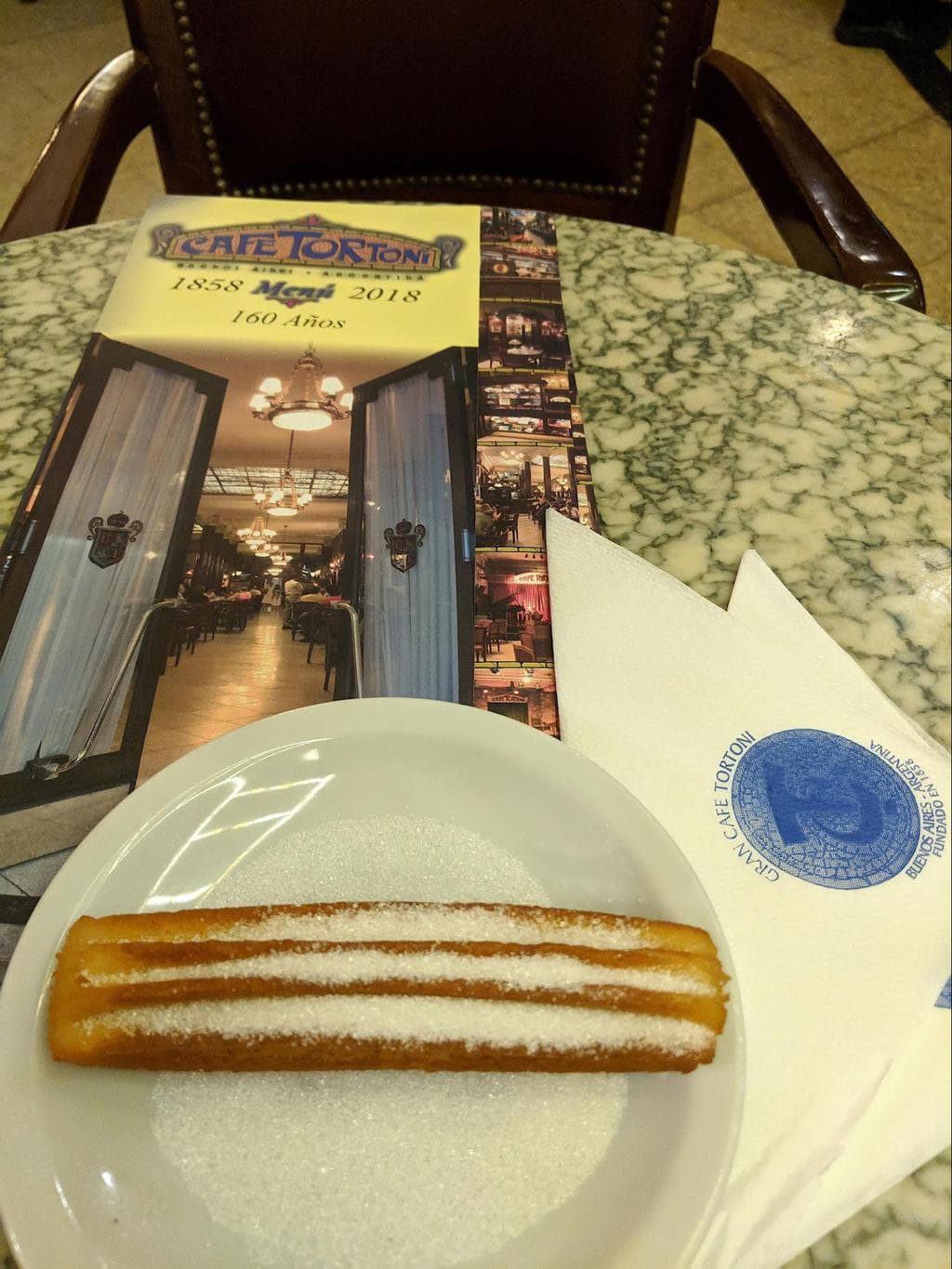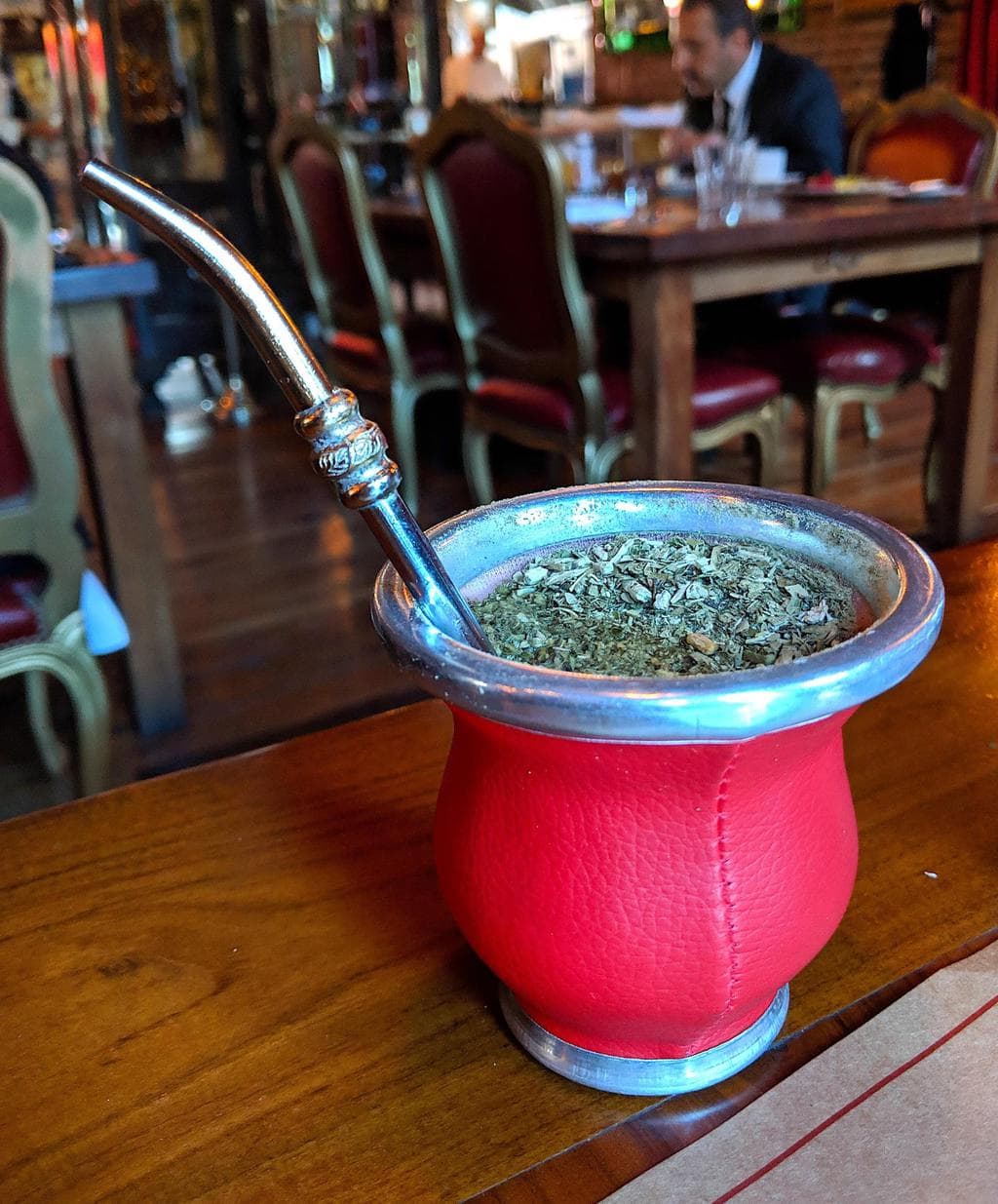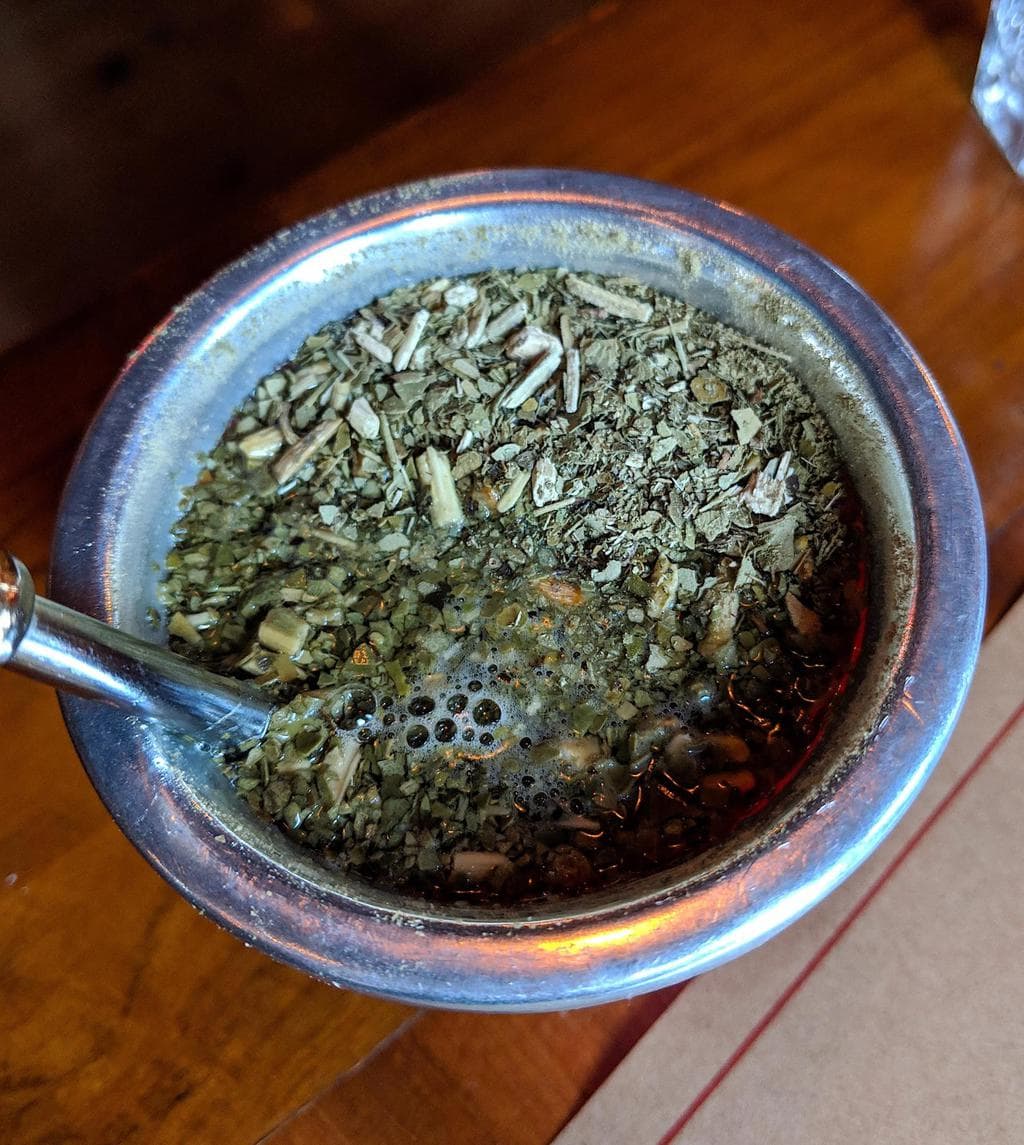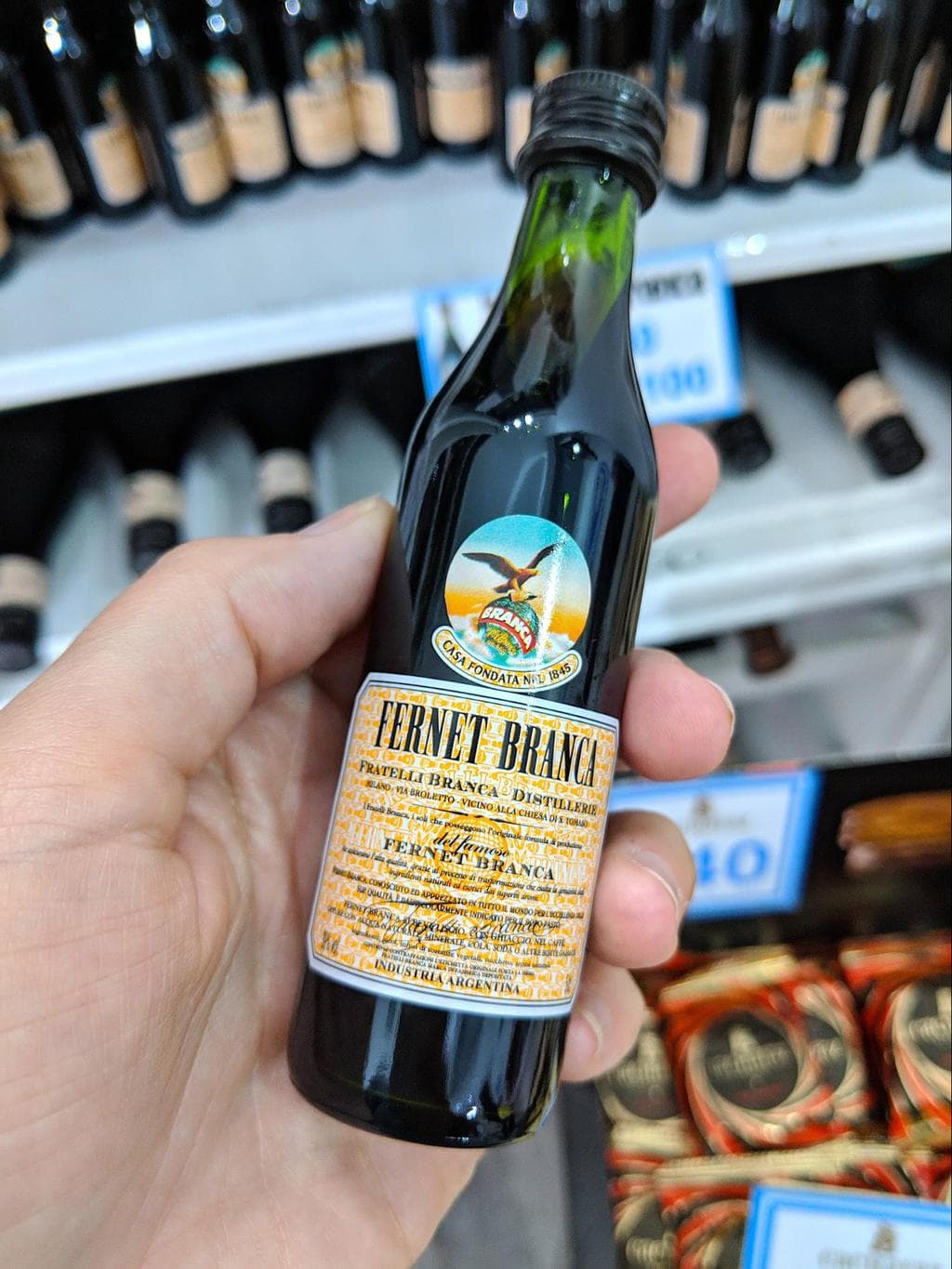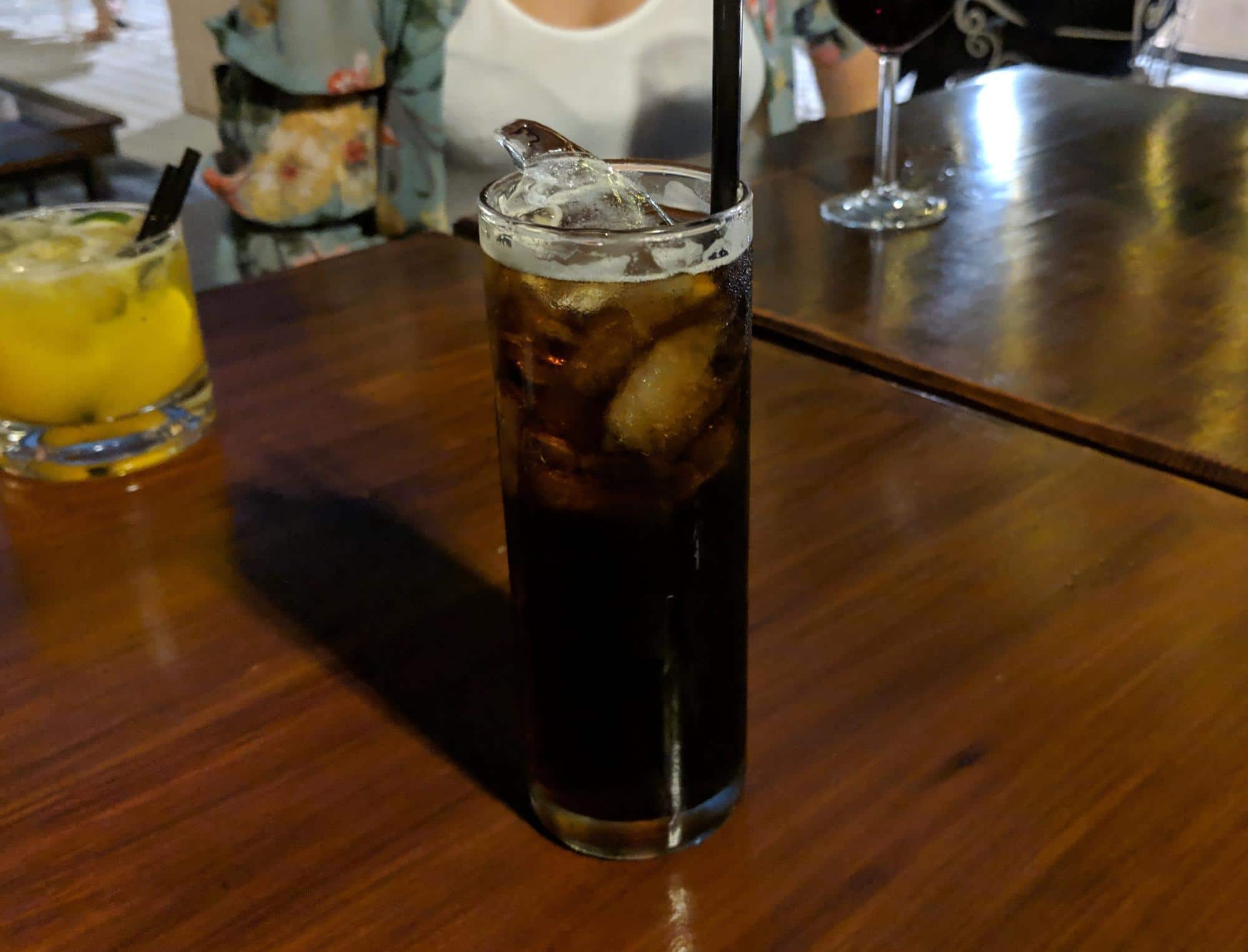This article was first published in January 2019 and was last updated in June 2020.
A trip to Argentina is almost always associated with eating and drinking and you certainly cannot leave the country without enjoying (daily if possible) fantastic wines and food from Argentina, ideally at every meal.
But there is more to Argentinian food and drink than parrilla and Malbec, and in this post I will explore the country’s gastronomy in all its Italian, Spanish and native splendor. If you’re visiting the capital, you’ll want this guide to the best restaurants in Buenos Aires and this complete guide of things to do in Buenos Aires.
Argentinian gastronomy
Argentinian gastronomy is the result of its mixed heritage which draws from Spanish and Portuguese colonizations, like the food in Macau, as well as a wave of immigration from Italy and again Spain in the 20th century.
The country’s history also explains why there is less local, indigenous influence in its cuisine than in other latin American countries. You will not find tortilla or corn-based foods like you do in most Mexican foods, and there are very few creole dishes in Argentina’s gastronomy.
This is because a large proportion of the indigenous population perished during the second half of the 19th century, either because of the yellow fever epidemic that hit Buenos Aires or because of the process of colonization of the Pampas and Patagonia encouraged by the government. In 2010, only about 1,5% of the population of Argentina defined themselves as descending from Amerindians.
Walking around Buenos Aires you may feel like you are among the bistros of Paris, or in a neighbourhood of Milan or Madrid. This multicultural, but also markedly European feel, is also reflected in the food.
When traveling across Argentina, in particular Buenos Aires, it is impossible not to notice the Italian influence on various aspects on daily life. But nowhere is this more palpable than in Argentinian cuisine where favorite Italian dishes have been adapted and reinvented with an Argentinian twist.
Pizza, pasta, gelato and other favorites like vitello tonnato, are commonly found in almost every local menu, together with the ever present grilled meats, or parrilla, and the dulce de leche based desserts.
As with most countries, food in Argentina also varies by region with more meat (if possible) eaten in Patagonia and the interior and more fish available closer to the coast. The European influence is also stronger in the central provinces and lighter in the north and south.
However, there are some star dishes that can be found everywhere and which conform the basis of Argentinian cuisine.
Before we delve into the best food in Argentina, I want to warn you that a trip to this South American country is a guarantee to putting on weight. Portions are large and cheese is ever-present and in large quantities. Add a generous amount of gelato and dulce de leche and you are sure to return home with a full belly and a fuller figure.
At least this is what happened to me.
What to eat for breakfast in Argentina
Breakfast in Argentina can be either sweet or savory but it will almost always include some dulce de leche and almost never any eggs.
Argentinians wake up to a cup of mate, a scoop of dulce de leche and some other treats. It’s a simple breakfast but it has everything I needed to kick start the day full of energy. If you are the type who likes to have an English breakfast, then you might struggle as it is not a local tradition, but if you prefer carbohydrate rich meals first thing in the morning, you will be in good company.
Dulce de leche
Argentina gave dulce de leche to the world. And maybe some great football players too.
Dulce de leche is made by cooking milk and sugar slowly and for a long time until it becomes a thick paste. While some people cook it at home, the majority buy it from the supermarket or from specialty dulce de leche stores (yes, such a thing exists).
Not all dulce de leche is made equal. Some brands are thicker, some are sweeter, some are runnier and some are all of the above. Diabetics can also have their share with sugar-free dulce de leche. Everyone has a favorite brand and agreeing on which one is best is a matter of national debate.
A true Argentinian dulce de leche lover scoops it by the spoonful, directly from the pot. But almost everyone in the country likes to spread it on toasts, sometimes dip medialunas in it, or put it on pretty much anything and everything.
Dulce de leche is versatile and is used in its common form or to flavor desserts, from ice cream to cakes, panqueques or tarts. A dessert menu will always have at least one dish featuring the ingredient.
If you want to enjoy a typical Argentinian breakfast, put some queso crema, or cream cheese, on toast and then cover it with as much or as little dulce de leche as you like. I prefer to put little on top but locals like to drench it and waiters always insisted that I needed to add some more. All hotel breakfasts will offer the ingredients to make your own.
Medialunas
Medialunas are the Argentinian version of a croissant. They are usually of medium size, smaller than the typical French croissant, and can be both sweet or savory.
Medialunas de manteca are buttery and usually have a layer of sugar syrup on top whereas medialunas de grasa are savory-ish and don’t have any sugar on top. You can easily tell which one is which because the syrup layer makes the sweet ones shine.
Medialunas are eaten as-is or can be dipped in dulce de leche for an extra dose of Argentinian flavor. They were my go-to item at every breakfast and I started every day with at least a couple, usually a sweet and a savory, both of them topped with some dulce de leche.
Ham and cheese
If you are not a sweet breakfast type of person, the best local alternative is a grilled ham and cheese sandwich with white bread. This is what we call in Spain a bikini, a simple toasted sandwich, not a grilled one, sometimes simply made with toasted bread and cheese and ham in between two slices.
This is exactly as it sounds and another favorite Argentinian food paired with some coffee.
Facturas
Both a breakfast and a mid-afternoon teatime snack, facturas are a mix of all sorts of danish pastries that you can buy from a bakery. They can be topped with the same shiny sugar syrup and sometimes have some cream or fruit as well.
Facturas are usually bite-sized so you buy them by the weight rather than by the number, like you may with medialunas.
Panqueque
Panqueques are the Argentinian version of a pancake or crepe. They are a cross between a thicker American pancake and a French crepe, similar to to crepes found in Japanese food. They are almost always filled with dulce de leche. You start to see how ever-present the sweet milk paste is….
Cremona bread
Cremona bread is a round wheel-shaped layered bread similar to a millefeuille but unsweetened. Each of the pieces of the wheel are usually about two inches high and are broken apart individually and eaten. I also got some mini cremonas as bread at a fine dining restaurant in Buenos Aires.
You can eat cremona on its own or, you guessed it, with dulce de leche or jam. Cremona is a breakfast staple that is not very commonly found but if you see it, try it, I loved it.
Most popular foods in Argentina
Argentinian food is evocative of meats, empanadas, chimichurri and, in case you didn’t know, pizza. Lots of it.
The most surprising item of Argentinian cuisine for me was the large amounts of cheese eaten. Lot of dishes have it, and a few other are what I liked to call “pizzed”, that is, covered in mozzarella, locally known as muzarela.
Argentinians seem to eat a lot of food. Sit down at a parrilla and you will get a half a kilo steak. Ask for a glass of wine and you will get a water glass filled to the brim. Order a slice of pizza and expect 100 gr of mozzarella on top.
Lots of dishes are made for sharing so, if you eat alone, like I did, you will need to make sure you do not overorder, or have the half you can’t finish to take away. Pizzas are a great example of this but also one of the best meals to eat alone because most pizzerias will sell them by the slice.
Empanada
Empanadas are Argentina’s most famous food item. These pastry pouches, usually baked but sometimes fried, are filled with goodness.
The most typical empanadas are made with carne, which is actually beef, but chicken, ham and cheese and even corn are popular too.
When you sit down at a pizzeria or stand in front of an empanada store, you will notice that each empanada is shaped or folded differently. This helps the staff recognize what is inside each empanada when they are all on display.
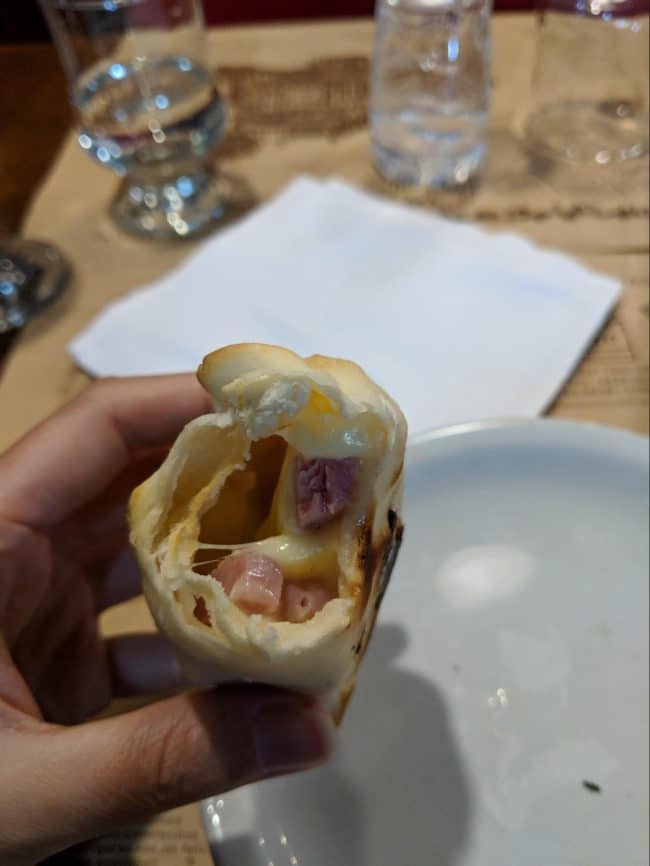
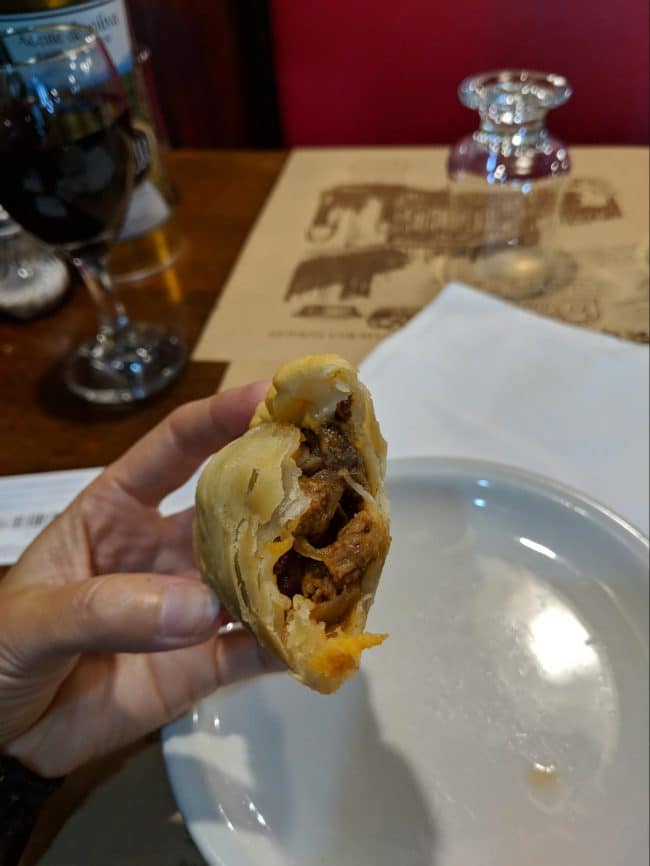
For example, the usual half moon shape is usually a beef empanada, the most common one, while a ham and cheese empanada tends to be round like a full moon. Different shapes are common in shops, while restaurants may make them all in the traditional half moon shape.
Empanadas are a typical food from the north of Spain where we make them larger and usually in the shape of a tart, but in Argentina they come in individual servings so they make for the perfect snack or street food, they are easy to eat, clean and affordable.
I really loved empanadas and stopped for one or two every time I saw a stall selling them, which is pretty often in Buenos Aires. They are rarely frozen and almost always home-made, and because they are baked, they tend to be pretty healthy.
Choripan
Another great snack, although it is as big as a full meal, is choripan, the Argentinian version of a hot dog and the most common food to eat at a football game.
A choripan is made with a chorizo sausage cut lengthwise and placed between the two sides of an open bun. Add some dressing, some sides like lettuce, tomato or onion and you have a juicy, artery-choking sandwich that tastes as delicious as it sounds.
I could only enjoy choripan once because the fattiness of the chorizo sausage plus the sauce was too much for me but it was as tasty as it gets and I can see how it would be the best thing to eat at a sporting event.
Parrilla
The star of any Argentinian meal is the parrilla. Translated as a grill or grilling pan, and also known as asado, this word refers to a feast of barbecued meat and is primarily a social event.
There are lots of parrilla restaurants in Argentina and each one will have a huge selection of meats you can choose from although the star is always the beef. There are many different cuts of meat that are grilled but they all come in supersized amounts.
You can’t have a small steak and don’t even dream about being able to finish your food. Unless you have been starving for a week it is not possible to finish the half a kilo minimum service plus the sides, bread and wine that will accompany the meat.
Having an asado is a must while in Argentina and if you are a meat lover, you will struggle to find better produce. The meat is local and always tasty, and you can pick how you want it cooked and the cut you like.
Some of the most common grilled meats at a parrilla are the steak cuts, ribs and even sausages. Don’t confuse the chorizo cut which refers to a kind of meat, with a chorizo sausage.
As if the meats were not rich and tasty enough on their own, your asado meats will be served with a generous dose of chimichurri sauce which you can drizzle onto your meat. I just could not add any more to the meats.
Chimichurri
As I was saying, parrilladas are usually accompanied by sauces, as if the meats needed any more condiments. While these sauces can include mayonnaise or even ketchup, the most commonly found meat sauce is chimichurri, a simple vinegary sauce made with olive oil, garlic, oregano and parsley mixed together with vinegar and which cuts through the meat’s richness and fat.
Pizza, faina, pizza a caballo and Fugazzeta
One of the best foods to eat in Argentina is pizza, I already said that. But the world of pizza is far more complex and sophisticated than just a slice of a bread base with toppings and Argentinians take this to a whole new level with three types of pizza base depending on its thickness as well as two variations: Pizza a caballo and fugazzeta.
The regular pizza in Argentina comes in three thickness levels: thin crust, like the typical Italian pizza everyone loves, thick base which can be an inch or more (similar to a deep-dish pizza from the US) or a medium thickness, somewhere in between the two.
Each pizzeria usually serves only one type with the hipster more modern pizzerias in Palermo serving the thin crust while all the traditional pizzerias serve the medium and thick pizzas.
Aside from the thickness of the base, pizzas can be topped with various ingredients, from ham to peppers, and almost always will have a very generous amount of mozzarella.
Because regular pizza has so much cheese and is therefore so greasy, Argentinians have come up with the best way to soak all that goodness in: pizza a caballo. That is a slice of pizza (usually mozzarella) topped with another slice of faina, a thin chickpea flatbread.
The chickpea flatbread is pretty tasteless on its own but it helps counter the heaviness of the mozzarella and soak up the oils. As strange as this may sound, it actually works quite well. Now you see why a slice is far more than enough for a regular person.
In addition to pizza, pizza a caballo and faina, fugazza is also a very popular food in Argentina. This consists of a cheese-less version of a pizza topped with cooked onions. Yes, you heard it right, a pizza without cheese. In Argentina.
Fugazza is a good alternative for those who are lactose intolerant or are a bit overwhelmed with so much cheese and it is pretty good to complement a slice of regular mozzarella pizza. Of course, they also serve it with cheese in most pizzerias and that is called fugazzeta. I preferred the cheese version.
The best way to sample some of the most famous and oldest pizzerias in Buenos Aires is by heading to Buenos Aires equivalent of Broadway. This area alternates pizzerias with bars and theatre buildings as the two pair well.
Buenos Aires is the second city in the world in terms of theatre performances after New York so there is always something playing and theatre goers like to grab a slice of pizza before or after a show.
On Corrientes street you will be able to stop at Guerrin for pizza a caballo. Opened in 1932, this is the oldest pizzeria in Argentina and an institution. It is chaotic, it is always full and it is as big as it is old fashioned.
Then hop on to the birthplace of fugazza, Banchero, which looks equally old fashioned and is always buzzing. This is their second outlet as the original one is in La Boca neighbourhood. And end at Los Inmortales, another great institution when talking about pizza in Argentina.
Here are some tips when ordering pizza in Argentina. Start ordering just one or maximum two slices and see if you need more. Given the large amounts of mozzarella topping on every pizza, I had enough with one slice and maybe a faina. Under no circumstance should you order an entire Argentinian pizza, unless you come with a regimen.
Eat pizza and faina together, that is, place the two slices on top of each other like a sandwich. Do as locals do and pair the savory cheesy pizza with a glass of moscato.
In Argentina, moscato is not the sparkling Italian wine but a sweet dessert wine made from muscatel grapes. Yes, you heard it right, a glass of sweet dessert wine. As I learned from my local friend, pizza and moscato is the best way for friends to meet over a slow, social pizza meal. It is also one of the cheapest, tastiest meals you could ever have, all in for less than $5.
Milanesa
Argentinians like to turn everything into a pizza or a milanesa. How? By adding cheese for a pizza and by breading and deep frying it for a milanesa.
While milanesa is usually breaded steak or veal (similar to Austrian Schnitzel) it can also be made with chicken or anything else, as long as it is breaded and fried. The milanesa is almost always accompanied with some fries or sometimes mashed potatoes and maybe even grilled vegetables.
Because the meat is very thin, it becomes incredibly crunchy and satisfying. Like with other famous Argentinian foods, milanesa is not particularly healthy as it is, after all, deep-fried, but it is one of the most popular Argentinian foods and also one of the most commonplace, appearing almost always on the menu.
In Spain, we also eat milanesa and we call it escalope Milanesa as in, coming from Milan.
Matambre or matambre arrollado
Matambre arrollado is a very unique dish from Argentina. It is a dish of thinly sliced meat that looks like any other cold cut but which is in fact a roll of cooked meat filled with peppers, boiled eggs and other ingredients.
The meat used is called matambre and is a fatty bit of beef which is laid flat on a surface and then layered with boiled eggs, bacon, roasted peppers, spices and herbs, etc. then rolled into a cylinder and sliced.
My mum used to make this when we were kids in Spain, because it is an easy to make and easy to transport picnic food. In Argentina, matambre arrollado can be served topped with mozzarella. I told you that Argentinians love Mozzarella…
Miga sandwiches
These are one of the least exciting foods in Argentina but still worth a mention because you are likely to find them at every bakery and, well, they can save the day if you can’t find a good empanada.
Miga sandwiches are simple fillings between two slices of white bread. There is not much mystery to them and they are probably one of the least unusual dishes in Argentina, they may not even be considered Argentinian since this is also what you eat at tea time in the UK but at least they gave it a good name.
Pasta, ñoqui and sorrentinos
As a country with so much Italian influence it should come as no surprise that one of the star dishes of Argentina’s gastronomy is pasta. Ñoqui is also very popular and easily found across the country.
On top of mastering the traditional pasta shapes and types, Argentina has come up with their own types of pasta, like sorrentinos, which is a rather large round-shaped pasta usually filled with mozzarella. This is as filling as pasta can be and will also come with more mozzarella as topping.
Provoleta
Continuing with the cheese…
Provoleta is a slice of provolone cheese that is baked in the oven or fried on a pan and served as is, drizzled with olive oil (as if it needed any more oil) and some oregano. Argentinians eat it on its own, as an appetizer, but I preferred to order it as as sort of side dish to accompany matambre or milanesa and with loads of bread because it can get pretty greasy.
Provoleta is best eaten as soon as it comes out when the cheese is still gooey because if you wait then it becomes harder again and it is not as fun to eat.
Humita
Humitas are not an exclusively Argentinian dish but are commonly found across the country, especially outside of Buenos Aires. I included it here because it is one of the few local dishes that are vegetarian friendly, apart from pizza and pasta, and even appropriate for vegans, a rarity in Argentinian gastronomy.
Humitas are traditional of many countries in Latin America. For example, I ate humitas in El Salvador and they are also a traditional dish of Chile and Peru. This is because corn is a staple of the indigenous cultures of Latin America and the dish evolved from there.
So what are humitas? Basically a kind of corn pudding, like a mashed corn mixture, which is often steamed or boiled inside the corn husk leaves (the outer green leaves of a corn cob) and reminds me of a Mexican tamale.
In Argentina, humitas can also be stuffed inside an empanada so it is common to see a corn or humita empanada on a menu.
Unique meats
Locals are big fans of meats, as explained by the national BBQ sport of asados.
But one of the best foods to try in Argentina are unique types of meat that are not commonly found outside the country such as llama or alpaca and other similar animal meats. These tend to be leaner than beef and sometimes can also be tougher as a result.
While alternative and unique meats are starting to be found in the premium menus of fine dining restaurants in Buenos Aires like El Baqueano, some parrilla restaurants are also starting to include them in the menus and if you travel to the Andean regions, you are more likely to find them.
Fun fact, llamas and alpacas are camelid, that is, they come from the camel family.
Puchero
We have pucheros in Spain too and they refer to stews which can be made with anything but usually include pulses, vegetables and some kind of meat.
In Argentina, pucheros are a great food to keep warm in winter, especially in the Andean mountains or in windy Buenos Aires. Pucheros may or may not contain pulses like chickpeas or white beans but will almost surely have a hearty, meaty base, usually beef.
Ensalada rusa
This was one of the most surprising Argentinian dishes for me. Not because ensalada rusa is anything too complex or unique but because it is something that you can find anywhere in Spain and I thought it was quite interesting that in Argentina it was somewhat of a staple.
Ensalada rusa, translated as Russian salad, is a cold potato, carrot and green pea salad all mixed in with generous amounts of mayonnaise. It can sometimes include some tuna as well and it is an easy to make and very cheap dish which is filling and also vegetarian friendly. Because it is served cold, it also makes for an easy to pack picnic item.
Beware that, with pretty much any other Argentinian food, ensalada rusa can be very filling and come in large portions so make sure you have someone to share it with.
Rabas
When I first saw rabas on a menu I thought it was referring to radishes, because in Spain we call them rabanos. It did seem a bit strange to have a dish entirely made with radishes, but I did not pay too much attention. There are so many of these similarly spelled but-not-quite-the-same words in Argentinian Spanish compared to Spanish from Spain that I had made the connection.
But actually, rabas are fried squid rings, flour breaded and deep fried for a golden crunchy finish, similar to the fish and chips found in South African food. They are the perfect snack after empanadas, but again, not the healthiest of foods since they are indeed deep fried.
Picada
It took me a while to realise what a picada was because this was one of those false friends. In Spain we call the act of snacking before lunch over a vermouth or aperitif “picar”, and that usually includes toasted almonds, chips and olives. Some other more consistent items like a potato omelette or even some bread with tomato and ham can also be included in the more elaborate versions.
While the verb is “picar” the meal in itself is more an “aperitivo” which refers to both drinks and food eaten before a meal, most likely at lunch time. I am guessing that this is why Argentinians call the Italian antipasti mix eaten as starter or with drinks, a picada.
A picada is a shared platter with cold cuts, cheeses, olives and bread but nuts and dried fruits can also be included. It is eaten slowly, as a way to warm up the belly and open the appetite.
The platter can be pretty large so make sure you have friends to share it with or it will turn into a whole meal for one person only.
Vitel tone
This is the traditional vitello tonnato of the north of Italy which Argentinians have appropriated as their own dish without much adaptation or change.
What is interesting of vitel tone is the fact that it is a sea and land dish all in one. The dish is made with thin slices of veal meat covered in a tuna and anchovy based creamy sauce. It is not unusual for the recipe to use mayonnaise for the sauce as it is easy to make and readily available. There is usually so much of the sauce that you may not see the meat.
I am not a big fan of veal and I do not like creamy sauces or anchovies but somehow, I found the mix of all these ingredients in the shape of a vitel tone very satisfying, if filling and a tad greasy, dish. My serving had a mountain of what looked like a mixture of mayonnaise with anchovies and my only problem with it was the amount of sauce which I tried to scrape off the meat unsuccessfully.
This is another tasty food from Argentina which will definitely not help you keep in shape.
Best Argentinian desserts and sweets
Argentinians have a sweet tooth, as is clearly demonstrated by their passion to scoop out gooey dulce de leche directly from the pot.
As much as cheese is a major ingredient in a lot of Argentinian food recipes, desserts are commonly made with dulce de leche.
Any kind of dessert can be localised by replacing an ingredient with dulce de leche, or simply adding some to it. For example, you can commonly find cheesecake with dulce de leche on top, dulce de leche pancakes or pretty much any dulce de leche cake.
Argentinian gelato
Another of the great Argentinian foods is gelato, coming straight from Italy.
Argentina has mastered the art of ice cream making and has several home-grown gelato companies, some of them with as many as 150 franchises outlets across the country. This gives Italian ice cream a run for its money
Everyone has their favorite gelato brand they swear by and this is as important a matter of national debate as football or deciding which brand of dulce de leche is better.
All Argentinian gelato is creamy, thick and consistent. The dulce de leche flavor is a favorite and can be found at any gelato store. In fact, most of them have several variations of the milk flavor and Freddo, one of the most popular and the largest gelato chains in Argentina, is known precisely for having over 10 different kinds of dulce de leche gelato several of which are on rotation.
Argentinians love to eat gelato and they will have it at any occasion. They buy it to take away, they eat it in the stores, they have it as dessert in restaurants and they even get it delivered to their homes as most gelato stores offer delivery service. For a gelato lover like me, Argentina is a food paradise.
Make sure to try the dulce de leche gelato and, while in Buenos Aires, take the gelato challenge like I did, and try all the main gelato brands to see which one you prefer.
Freddo is the most omnipresent of the gelato brands and has over 150 branches, you are never too far from a Freddo store. Persicco is another large chain. For Patagonia-originated gelato, try Rapa Nui, where handmade chocolates share the stage with gelato.
But not all gelato stores are part of an empire, artisanal gelato brands Cadore and Patagonian Jauja complete the list of the best gelato stores in Buenos Aires with smaller production volumes.
Like with all other foods in Argentina, the servings of gelato are enormous and even the tiniest of cups comes with a high serving of gelato two to three times the height of the cup and the option to pick two flavors. If you want to limit the number of calories, choose the cups over the cones.
Chocotorta
This is as indulgent as it gets in terms of Argentinian desserts. Chocotorta is a no-bake, layered chocolate biscuit and dulce de leche cake that is as divine as it sounds.
The cake is made with layers of crushed chocolinas, chocolate biscuits, and a blend of dulce de leche and queso cream, cream cheese.
Like any other traditional dish, there are thousands of ways of making chocotorta. Some use a sponge cake instead of the chocolina layer, others do not crush the biscuits and leave them whole, but in general you can expect a truly over the top cake combining two of the best dessert ingredients there are: dulce de leche and chocolate.
Alfajores
Alfajores are the very first Argentinian food I became acquainted with. When I was a kid, the mother of a friend of mine used to make them as a way to remember her time living in Argentina. They were crumbly and buttery, really compact and packed a lot in a small amount.
I also learned to make them from her and made my own several times as a teenager. But the alfajores that I made are not like the ones I found in Argentina.
For one, Argentinians eat alfajores in sandwich and with a dulce de leche filling whereas I used to eat the individual biscuits without any dulce de leche. You cannot buy the individual biscuits on their own, they always come in sandwich form.
So what are alfajores? An alfajor is the most typical and exclusively local food in Argentina and you will not find it elsewhere, they are quintessentially Argentinian.
Alfajores are a sort of tea biscuit made with copious amounts of butter and flour, sometimes cornstarch, that are baked in the oven then glued together in pairs with dulce de leche. Usually, they are also covered in either caster sugar or coconut shavings.
Because they are so filling and one is enough, they are sold in individual packages in supermarkets and cafes. A regular alfajor typically measures about 5cm in diameter, although mini versions are also available.
Although you can find them in dessert menus, they are best eaten at tea time with a cup of tea which I found neutralises the sweetness of the biscuit. One of the best places to enjoy alfajores is at the famous Havanna stores which can be found across Buenos Aires. Some of them just sell them, in individual packages, others have sit-in cafe areas where you can enjoy them with a drink.
Vigilante
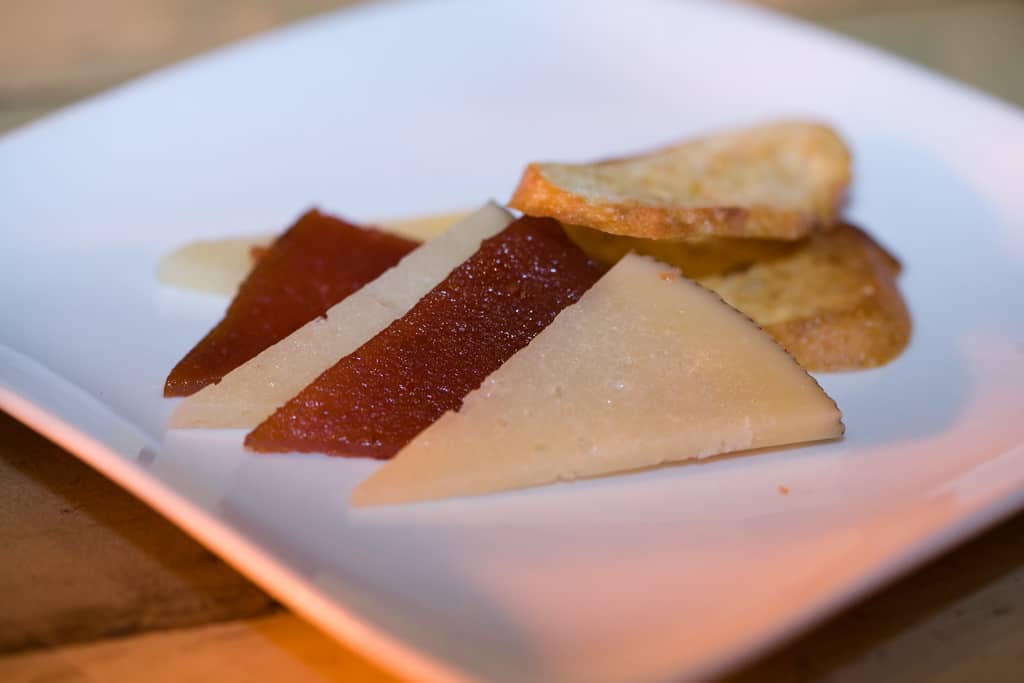
This dessert has a funny name: the guard. Vigilante is a simple combination of two slices of quince jam (which we call membrillo in Spanish) and cheese. We eat this in Spain too as quince is also common there. The sweetness, jelly like texture of the quince jam makes a good friend to the savoury slice of cheese. This is as simple as it gets.
Quince are a rather hard fruit that looks like a cross between a lemon and a pear in an odd shape and with thin skin. They grow where I come from in Spain and are only eaten in jam form, and not fresh as they are really hard and tasteless. When you add the sugar and cook them, they turn into a firm jam. They look like jam but have the shape of jelly and are hard like a gummy bear. Strange, I know, but pretty tasty.
In Spain we also eat vigilante for a breakfast or afternoon tea time snack and you can add some bread to make it a more consistent food. The cheese that pairs best with quince for a vigilante is usually a semi cured version so it is hard rather than soft. In Spain we eat it with Manchego cheese.
Churros
Although churros are an eminently Spanish food, they are also awfully common in Argentina as well as in other parts of Latin America like Mexico. They have also made a splash in South Korean cuisine where their popularity is increasing. In Argentina, I found churros to be slightly bigger, thicker and shorter than in Spain, but that could also be a coincidence based on the places I saw them in rather than a generality.
Churros are common in cafeterias as they are eaten as snacks and not as desserts (yes, churros are not dessert items in Spain, only abroad) together with hot chocolate or coffee.
If you want to have a really classic afternoon, order a few churros at Cafe Tortoni, the oldest in Argentina and a real institution if a bit touristy nowadays. A coffee or hot chocolate with churros there is a very satisfying and old-fashioned experience.
Best Argentinian drinks
Argentina is not only known for its food but also more commonly associated with a few key and notable drinks such as mate and wine.
Some of the foods from Argentina mentioned above pair best with Argentinian drinks. For example, the sweets and desserts go great with the bitter mate herb tea and a good asado pairs best with a full bodied Malbec wine.
So when in Argentina, make sure to join the locals in experiencing their drinks as well as their food.
Mate
Mate is an ever present infusion type of drink locals drink all the time. However, unlike regular tea, mate is not commonly found in cafes as the locals drink it at home with their purpose-made cups and straws. Tasting it is therefore quite difficult but I will give you some recommendations where you can try it.
Argentinians can sip mate all day long. They fill their cup with the herb and take a thermos filled with hot water with them so they can keep refilling it all day.
The mate herb and tea is a Guarani drink that is packed with caffeine so, if you are new to it, you should go easy unless you want to stay up all night. The infusion is served in a specially designed cup which can be made of metal for a neutral flavor or of wood for those that prefer to add some additional taste.
To drink it, you also need a special metal straw called bombilla and which is long and with an upside down light bulb ending, hence the name.
Mate cups and straws can be found for sale across Argentina and are typical items for sale in traditional markets where artisans make their own.
The mate herb is made of loose leaves and branches all chopped into small pieces. To prepare the tea, the herb is placed inside a mate cup which is then filled to about three thirds with water poured to one side only. The straw is added after the water has been poured.
You should fill the water on one side of the cup first so that not all leaves are soaked from the start and progressively keep refilling the water as you drink it so that it is always warm and the fresher dry leaves are soaked as you drink the mate.
The first time you try mate you are not going to like it. The herb is terribly bitter and unpleasant at first but it does get lighter and sweeter as you go on and it pairs fabulously with some alfajores or dulce de leche sweets balancing their sweetness level.
Trying mate is not easy because it is hardly drunk publicly. Most Argentinians have their own herb and cup and drink it at home or at work and less in public spaces. However, you can find mate in most of the high end hotels who will gladly prepare you a cup if you ask them and you can also find it in a few specialty cafes dedicated to the drink.
Argentinian wine: Malbec or torrontes
Argentina has recently exploded in the international wine markets with fantastic wine brands and grape varietals that are making a name for themselves.
Perhaps the best known Argentinian wine type is Malbec, commonly found in many wine lists across the world and of French origin. The grape varietal came to Argentina at the end of the 19th century and has rooted well in the country where 75% of the world’s Malbec is found. If you are drinking a bottle of Malbec, it is mostly likely from Argentina.
Argentinian Malbec is dark in color, full bodied and strong so it pairs well with Argentinian asados and generally heavy foods. It does well in the country because it adapts well to the higher altitudes of some of the Argentinian wine regions, most notably world famous Mendoza.
Fernet with coke/soda
Fernet is an Italian bitter that is commonly drunk in Argentina mixed with Coke as a great cocktail. The drink is made using a secret combination of herbs, spices and roots that give it this unique flavor.
I was warned against ordering it by my local friends who tried to convince me that it was an awful drink, but I actually found it quite pleasant and a great alternative to vermouth, which I love drinking.
Fernet in itself is pretty bitter but the addition of Coke tames it down and balances it into a drink that goes great with picada or as an aperitif.
The most commonly found brand of Fernet in Argentina is Fernet-Branca but there are others. Argentina imported the drink through the Great European Migration of the 1930s and is now the world’s largest consumer of the drink.
Don’t forget to Pin this to your South American cuisine board!
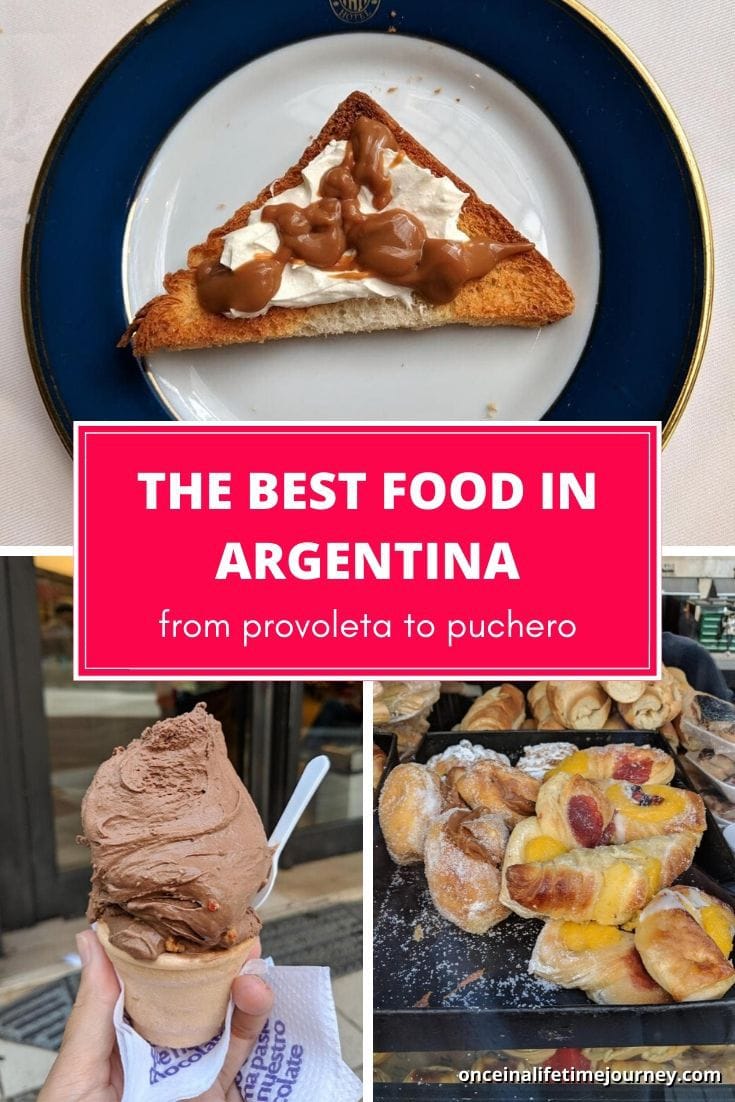
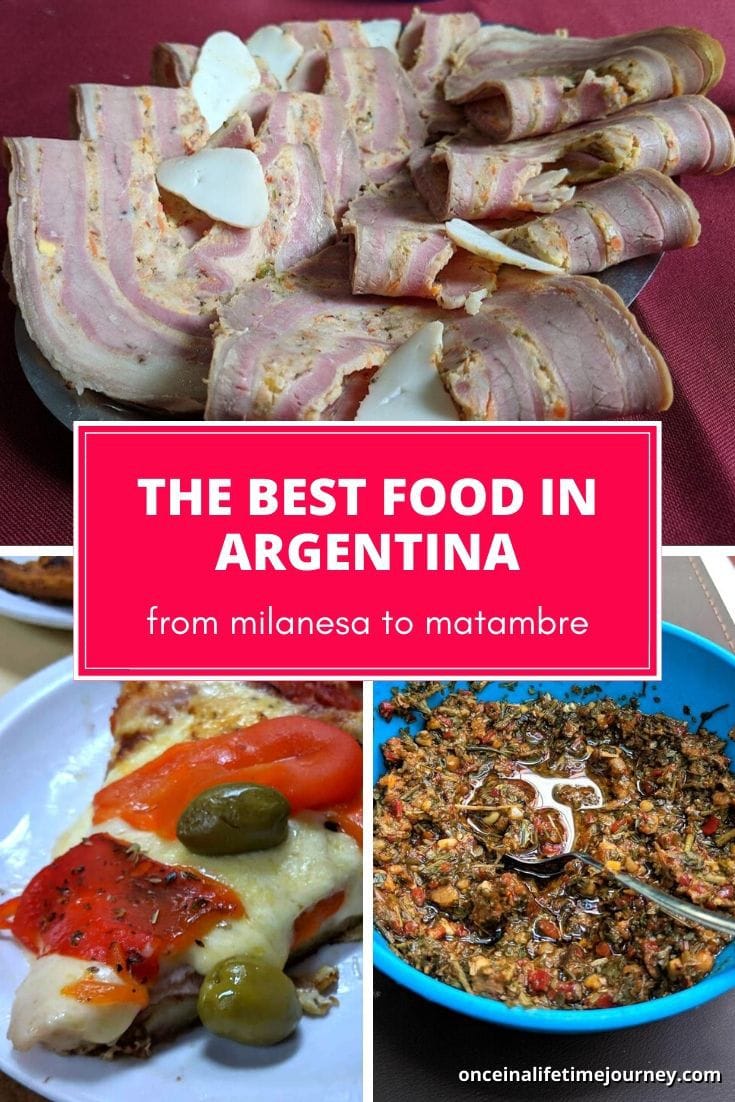
- Check if you need a visa, get help processing it at iVisa.
- Never ever leave without travel insurance. Get affordable coverage from World Nomads or long term insurance from Safety Wing.
- I find all of my flights on KAYAK. Check their Deals section too.
- Search for all your transportation between destinations on the trusted travel booking platform Bookaway.
- I book all my day trips and tours via GetYourGuide, they are the best and their tours are refundable up to 24h in advance.
- Get USD35 off your first booking with Airbnb.
- Compare hotels EVERYWHERE at HotelsCombined and book with Booking.com.
- Compare car rental prices at Rentalcars.com

